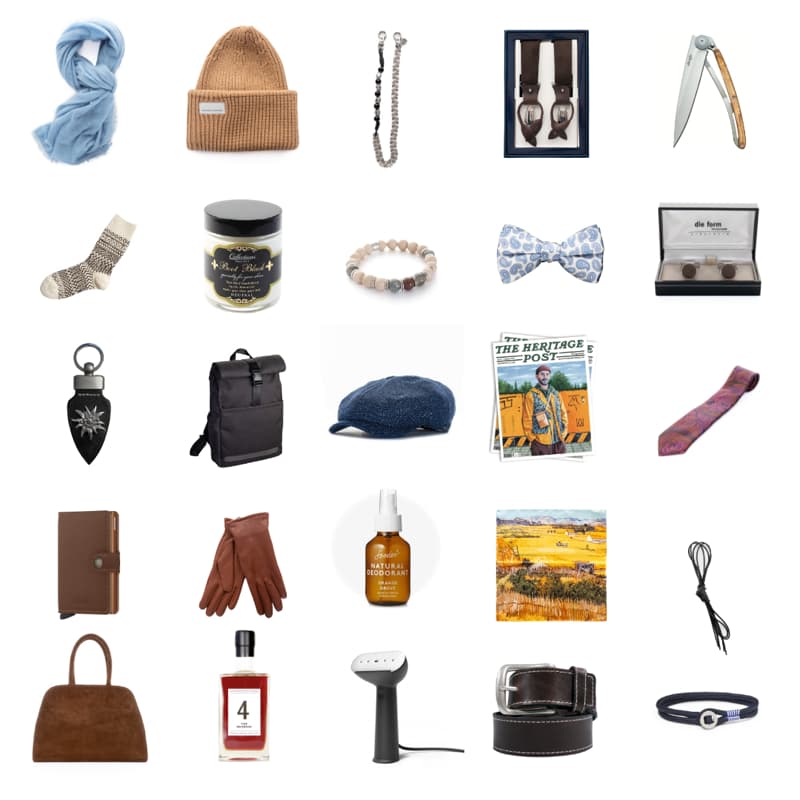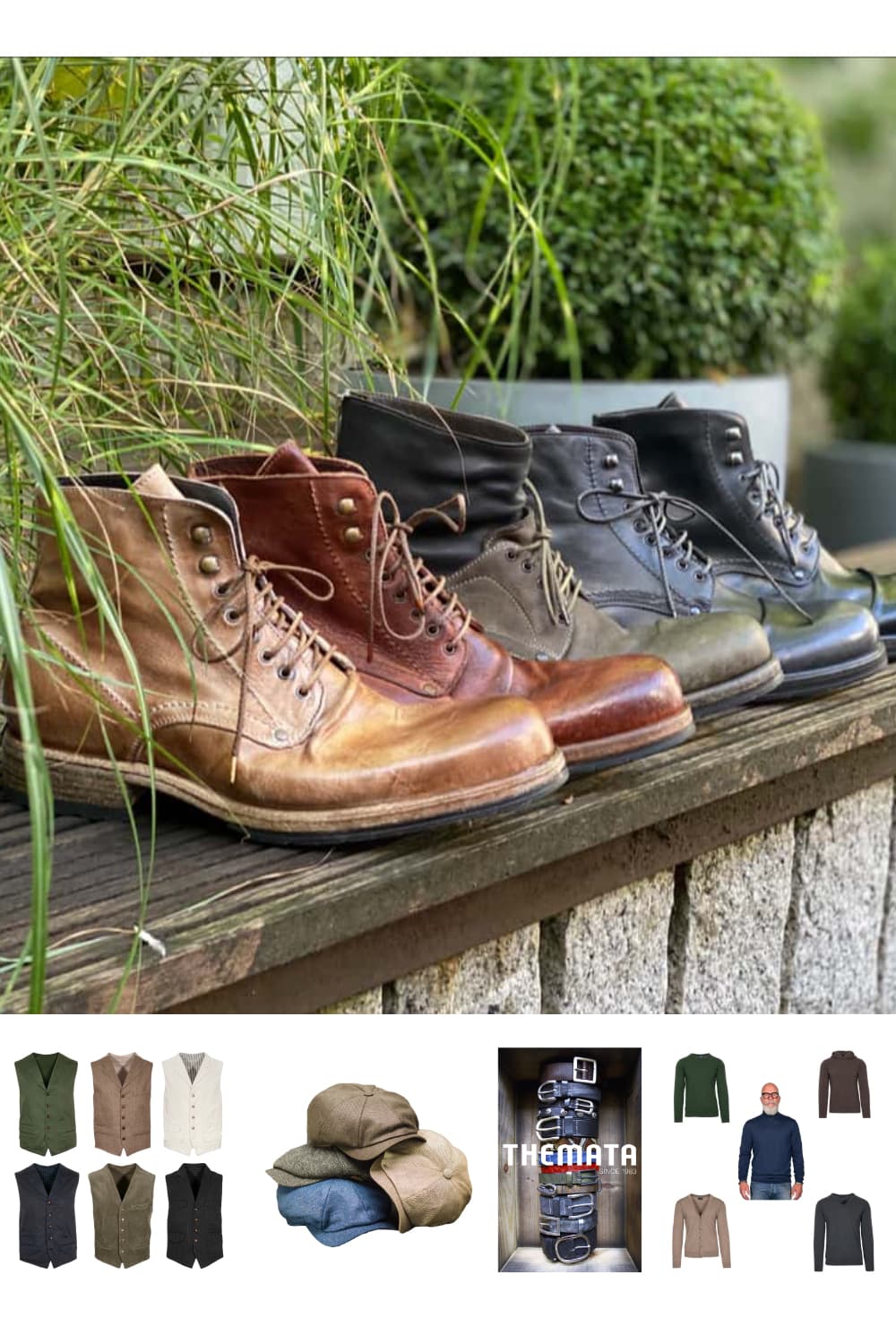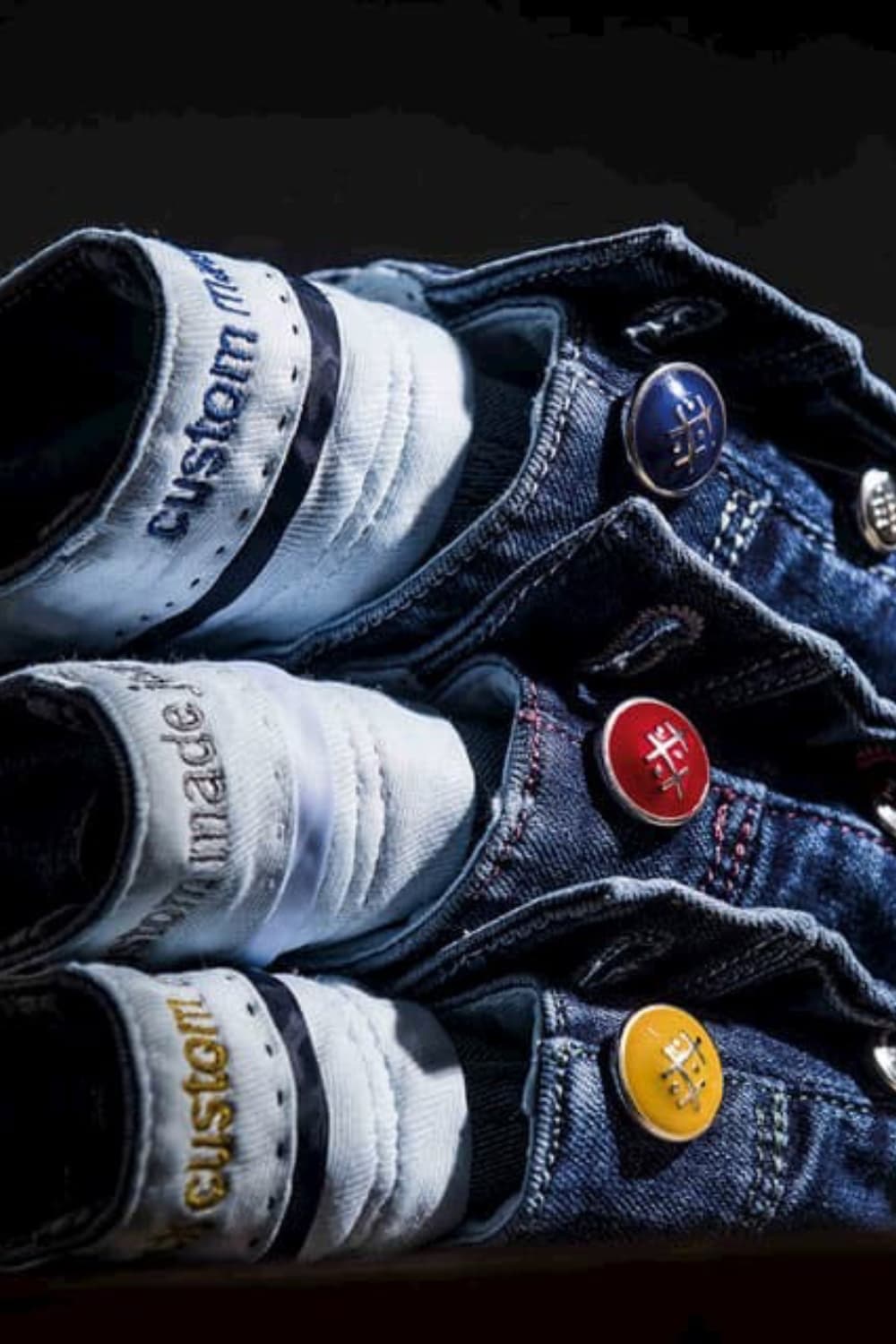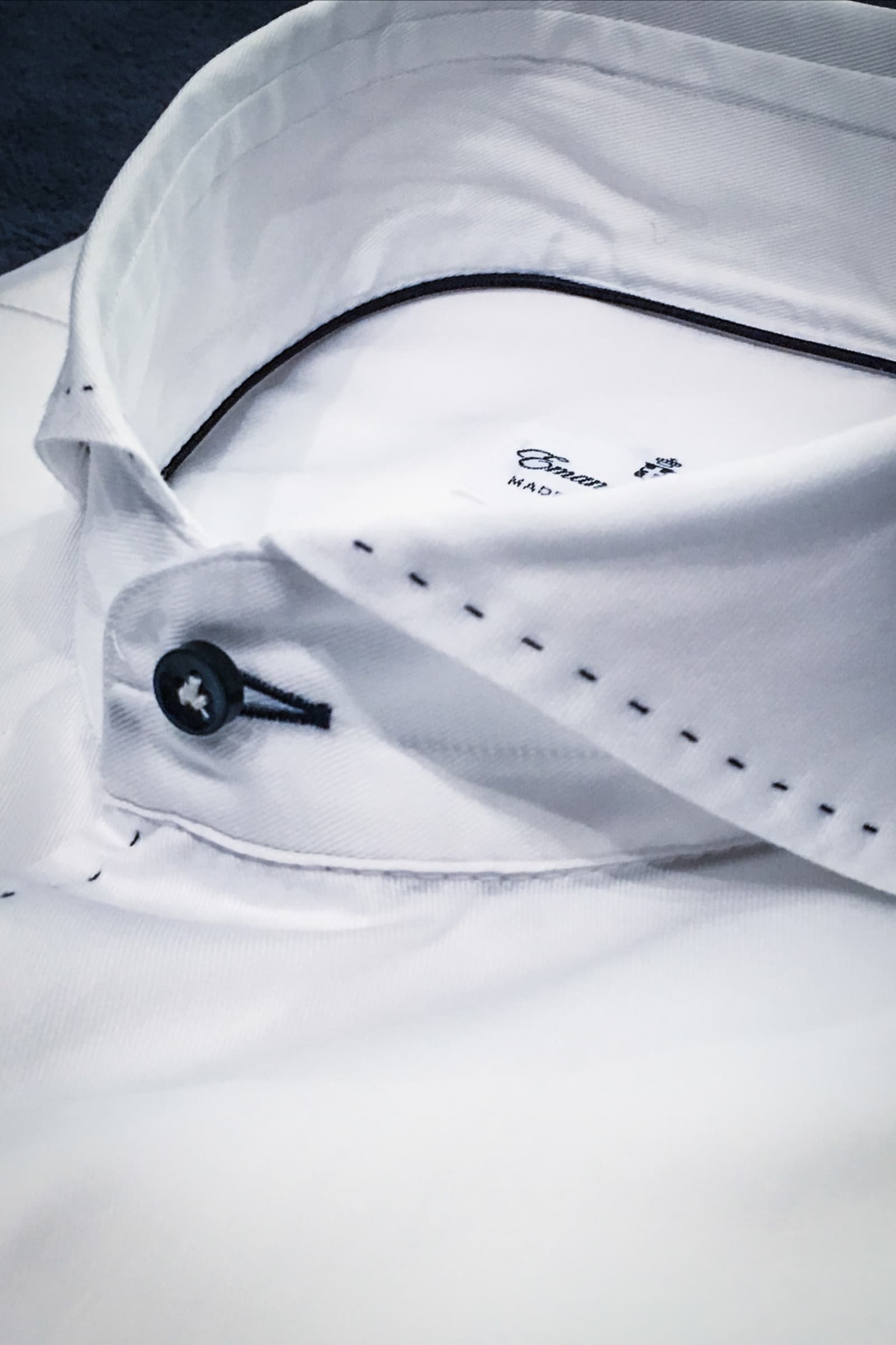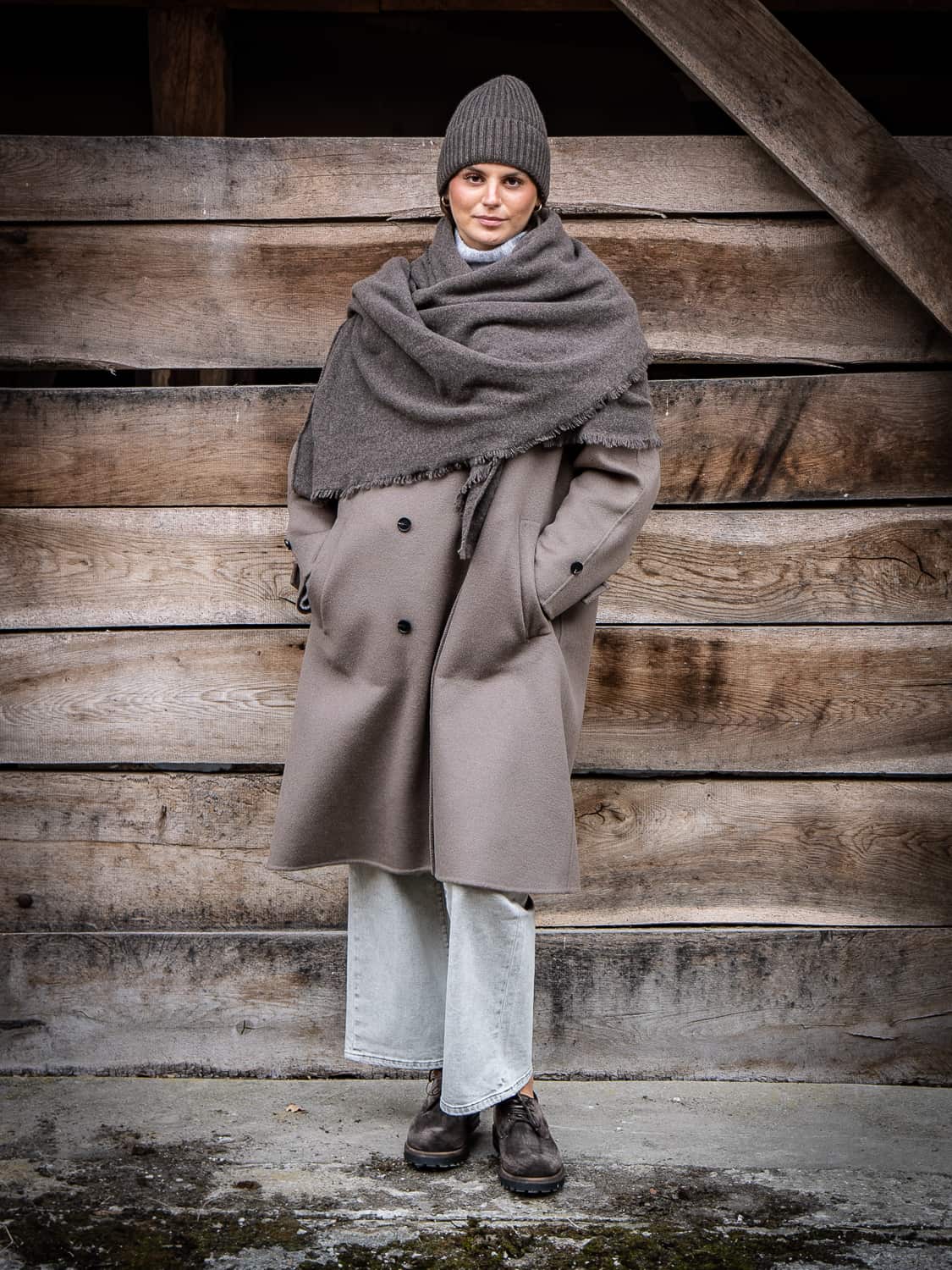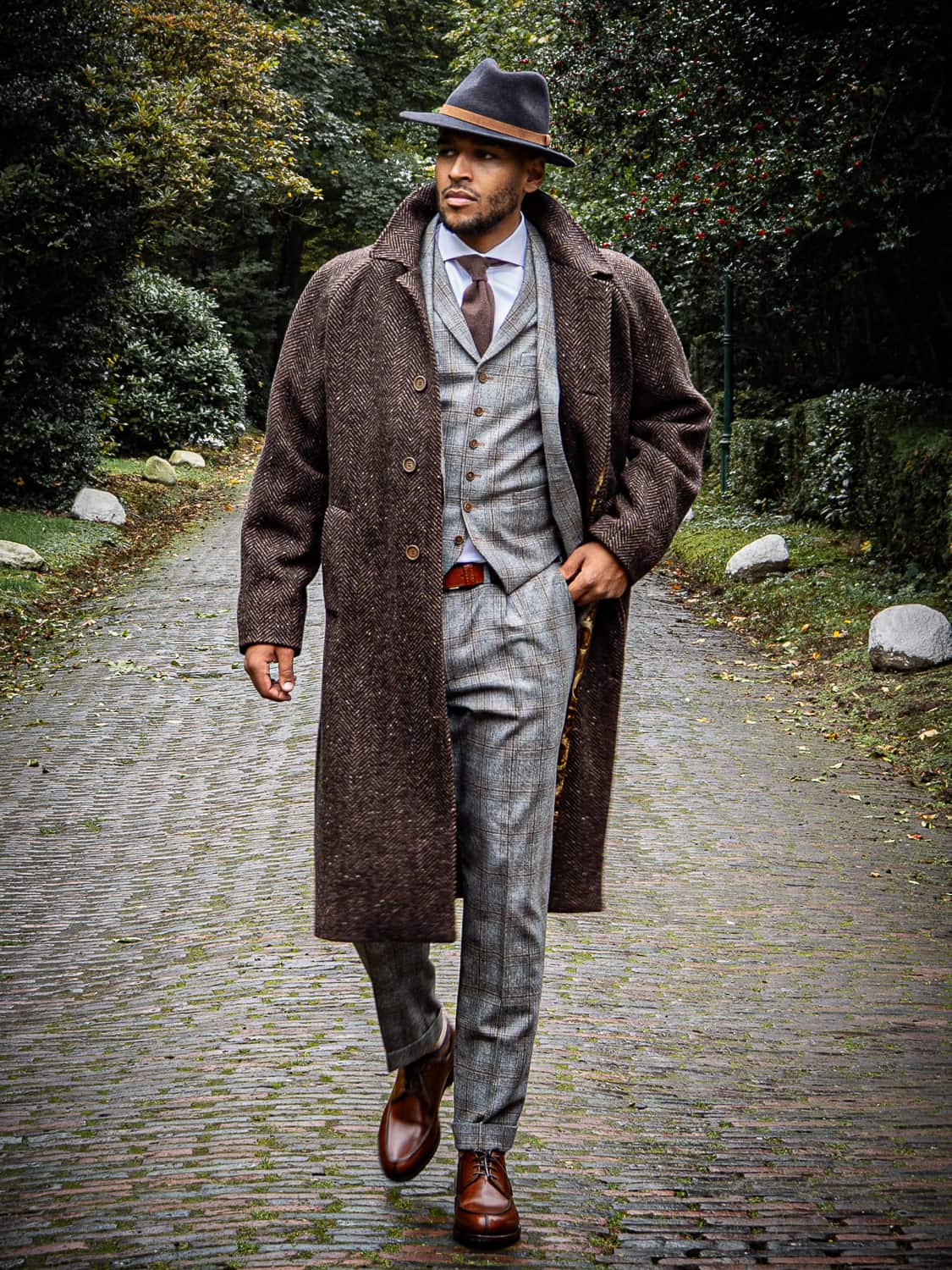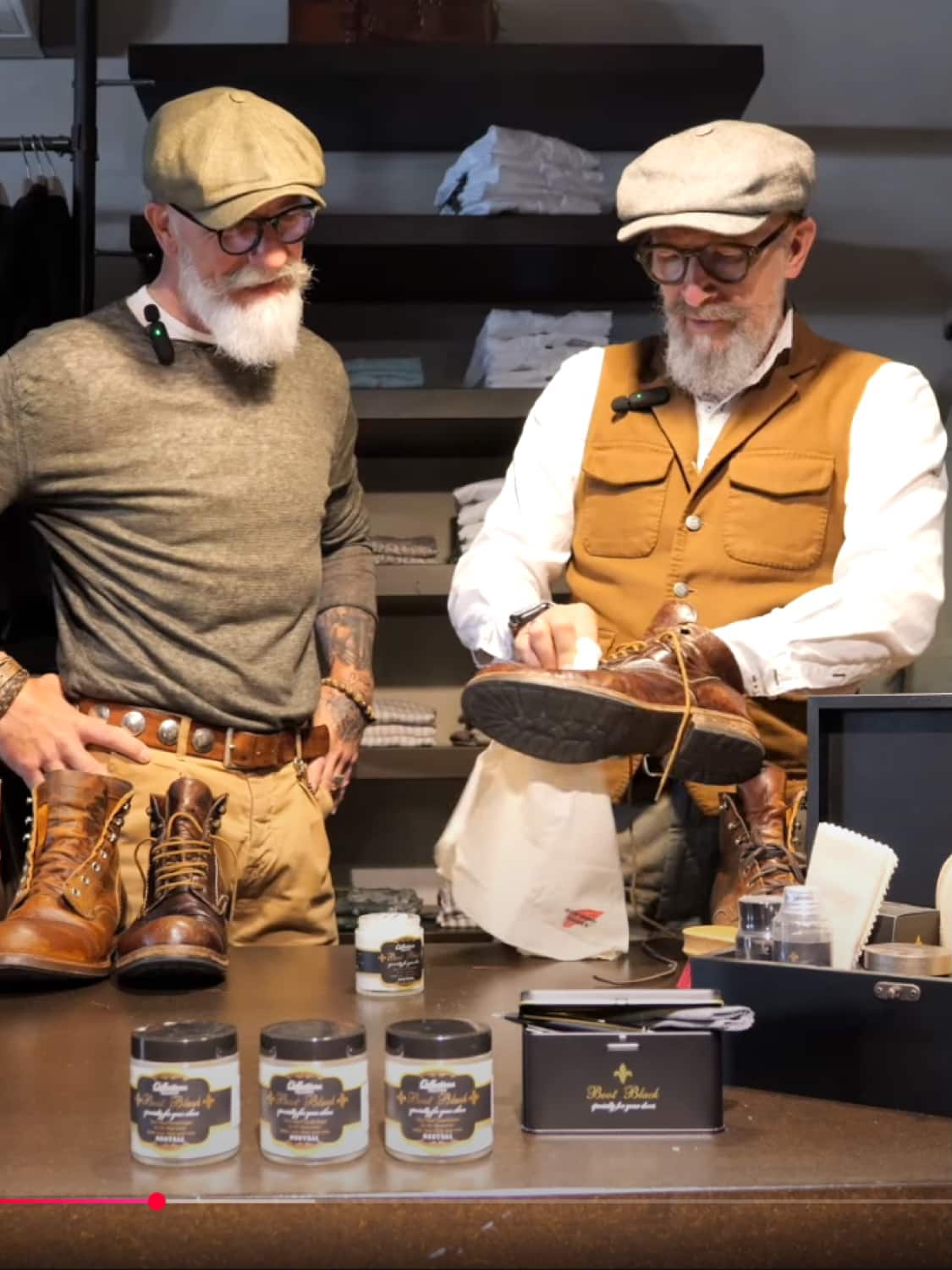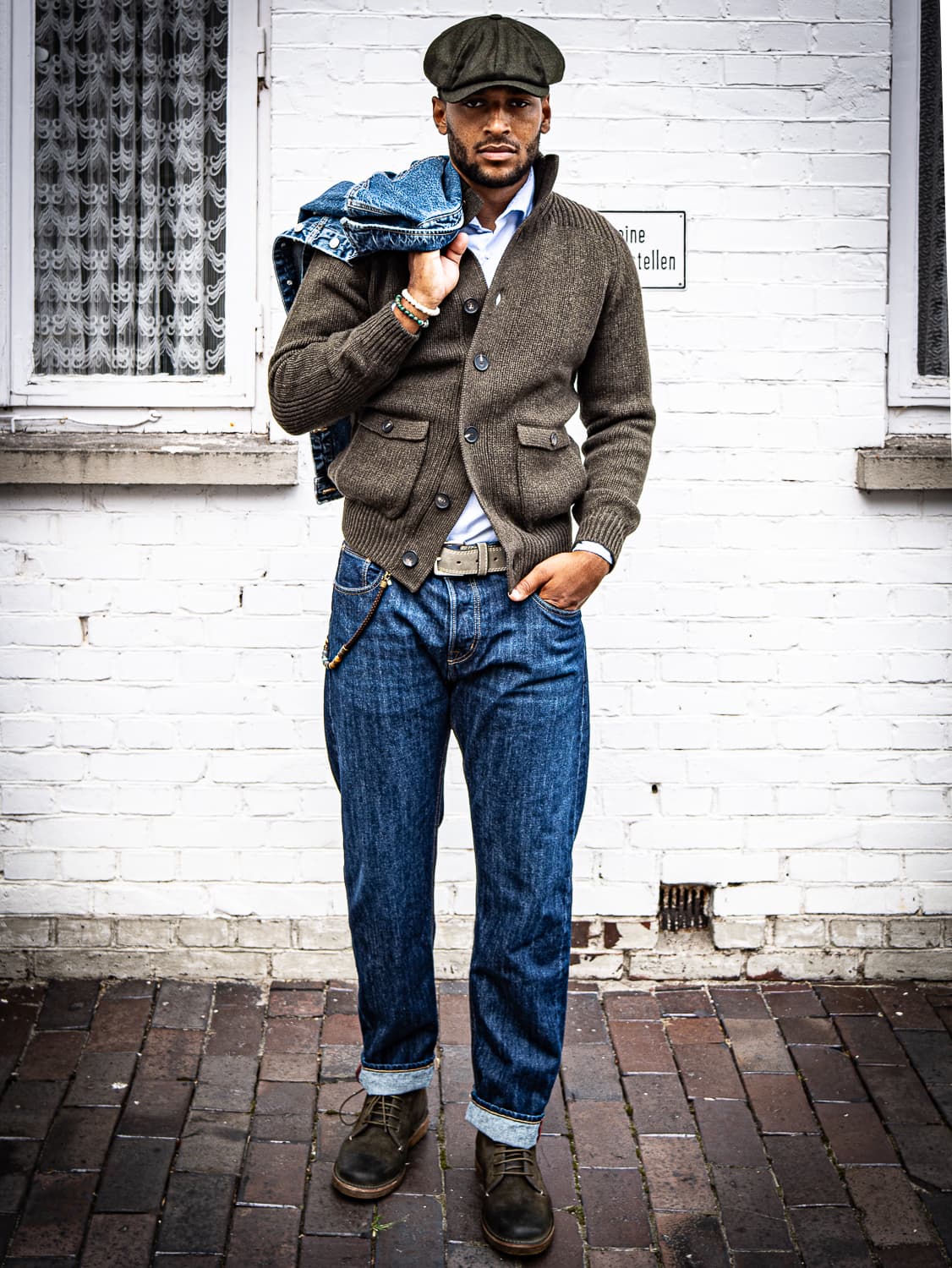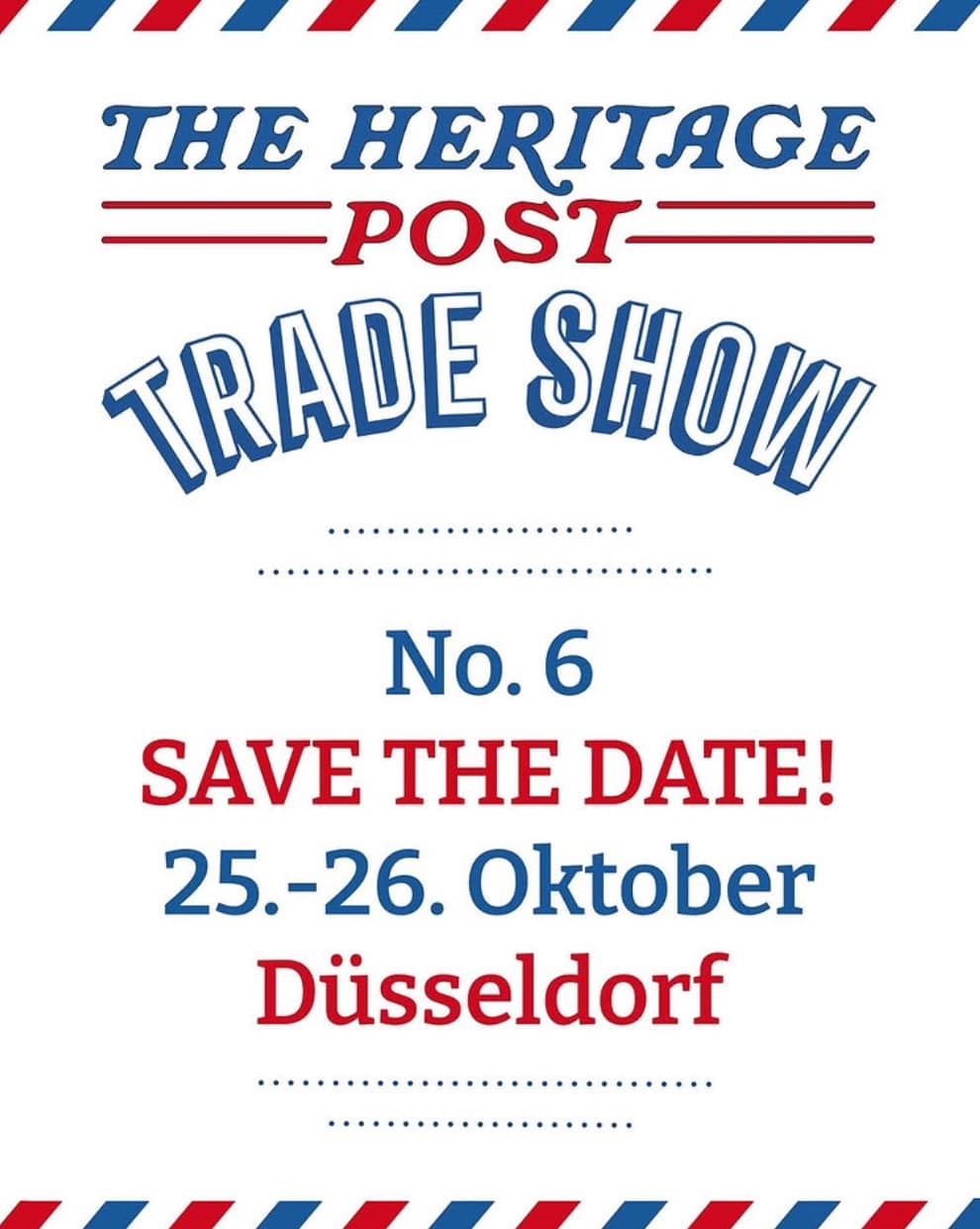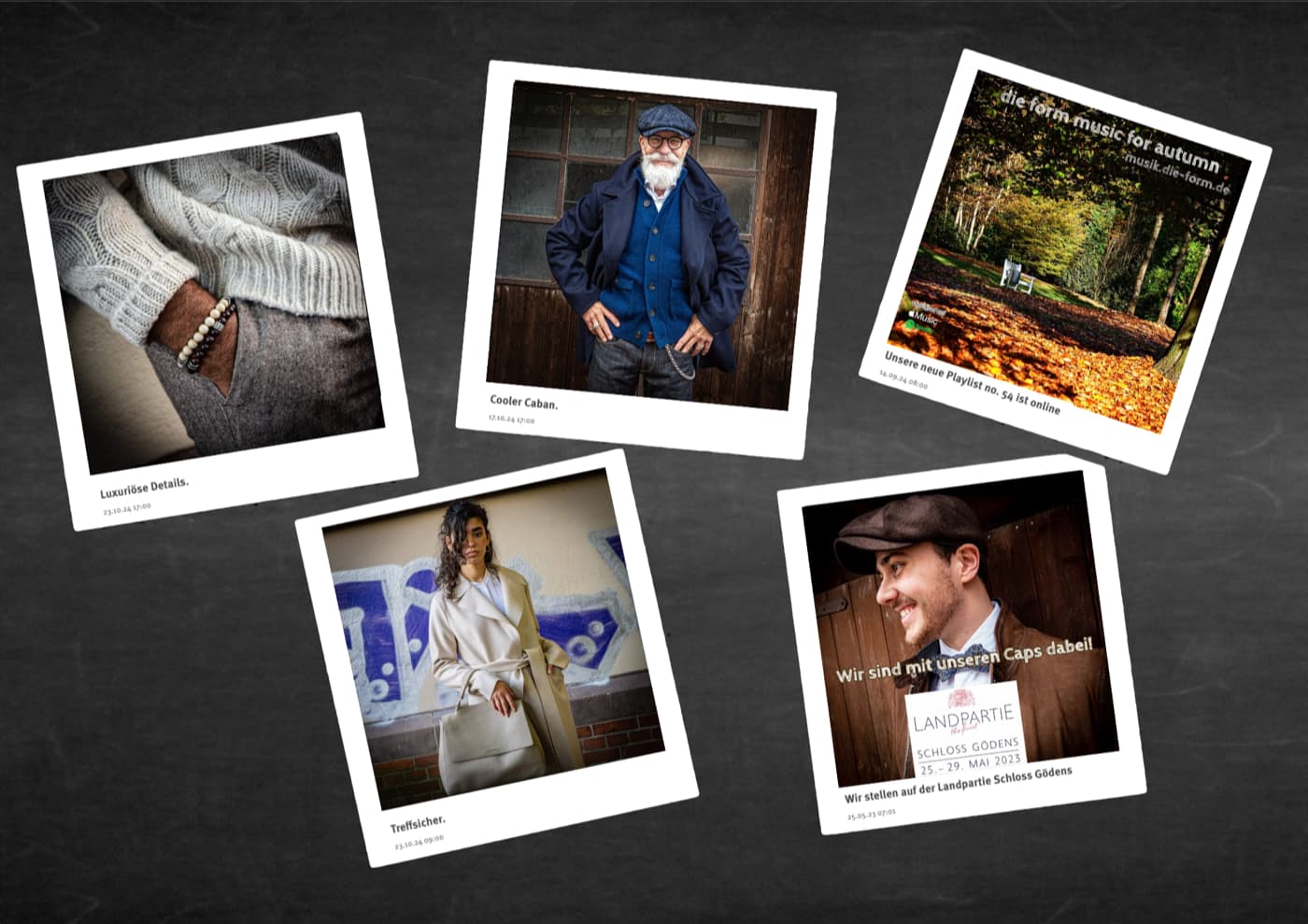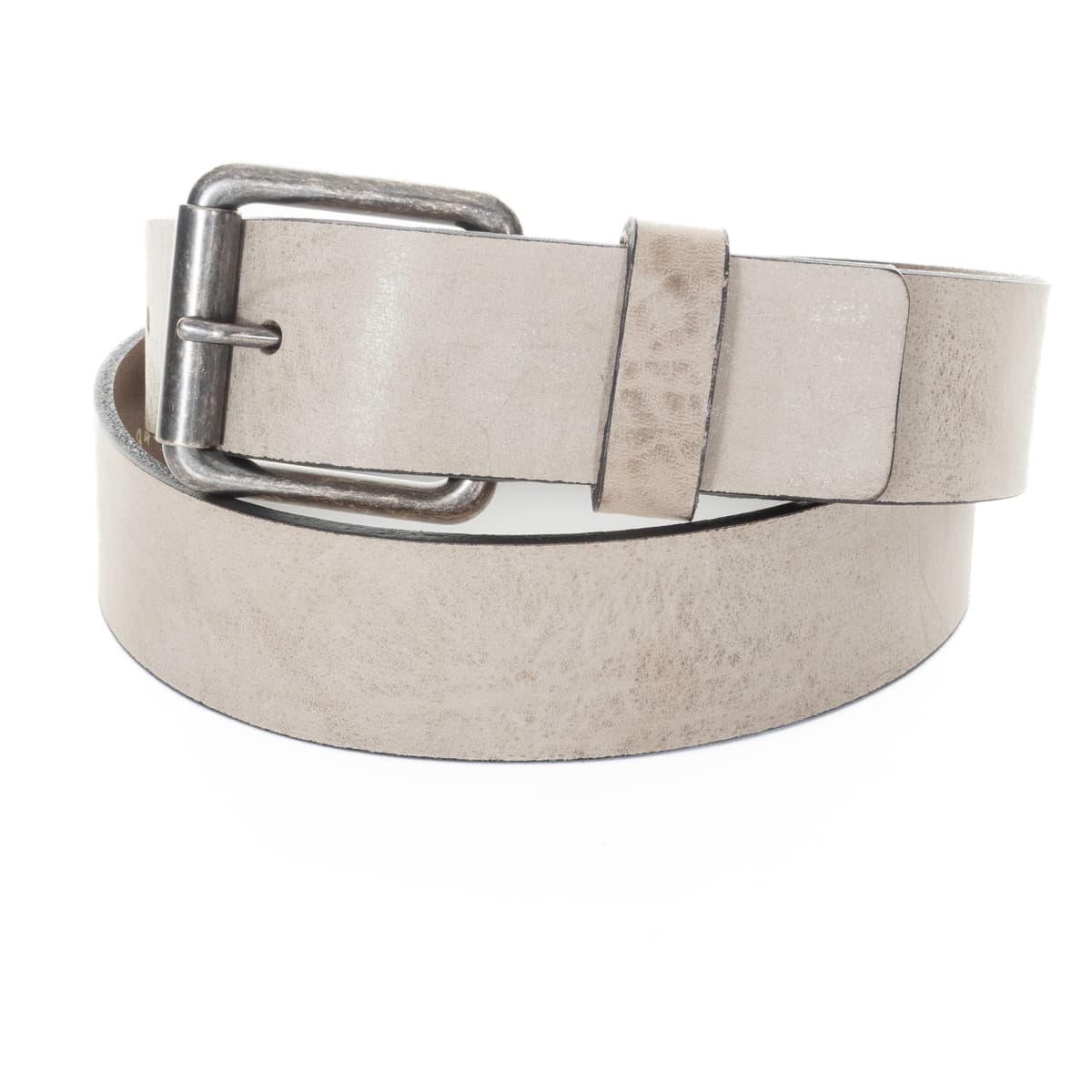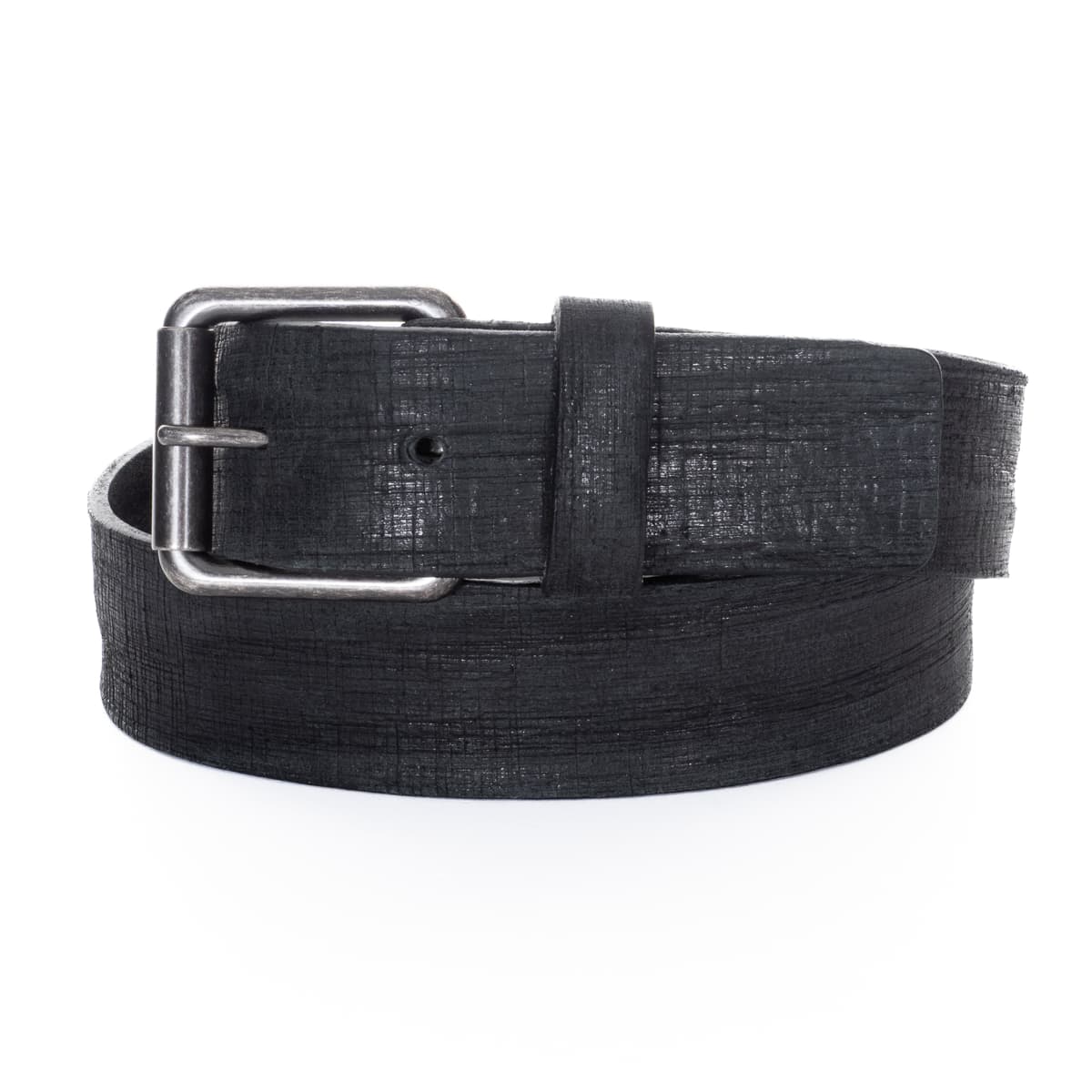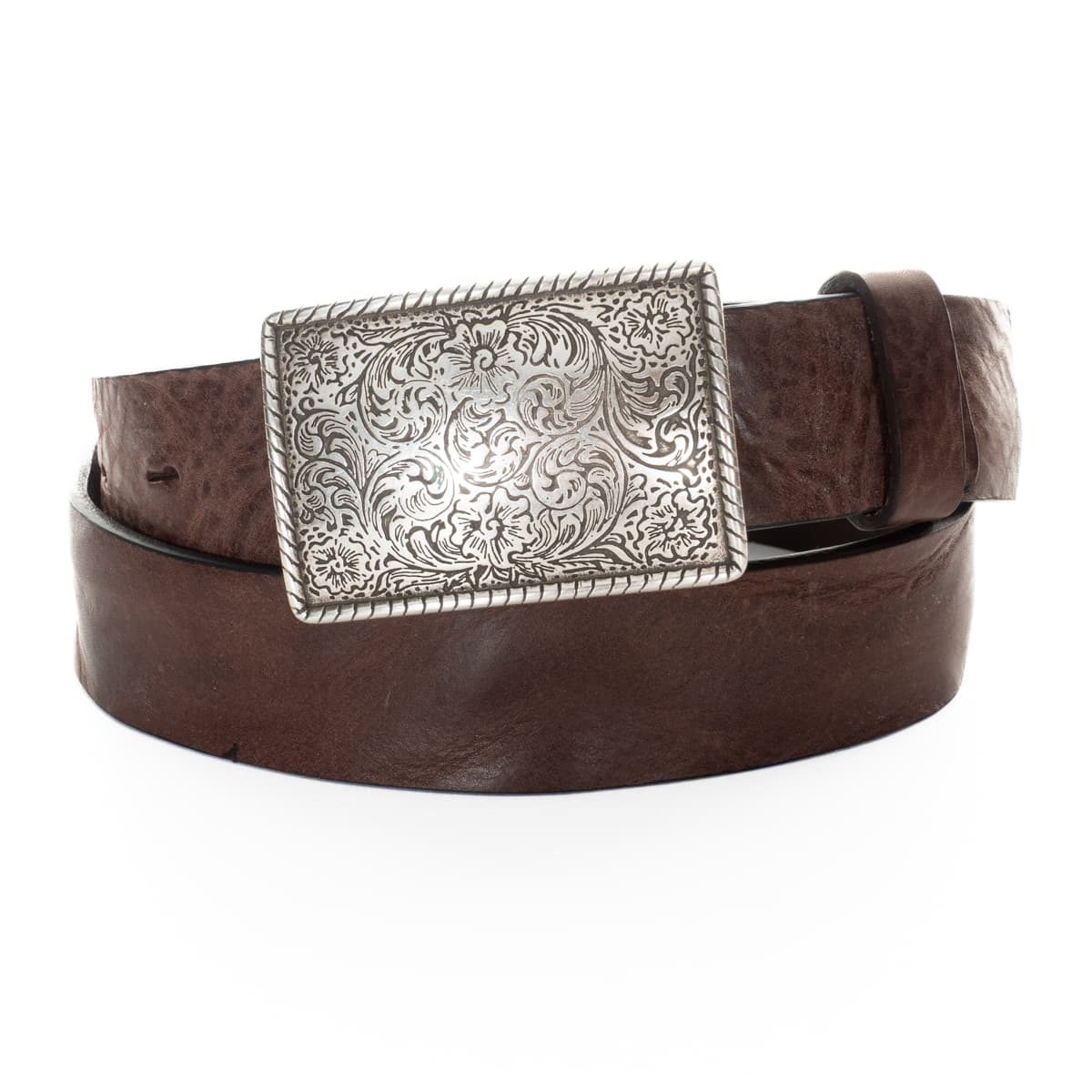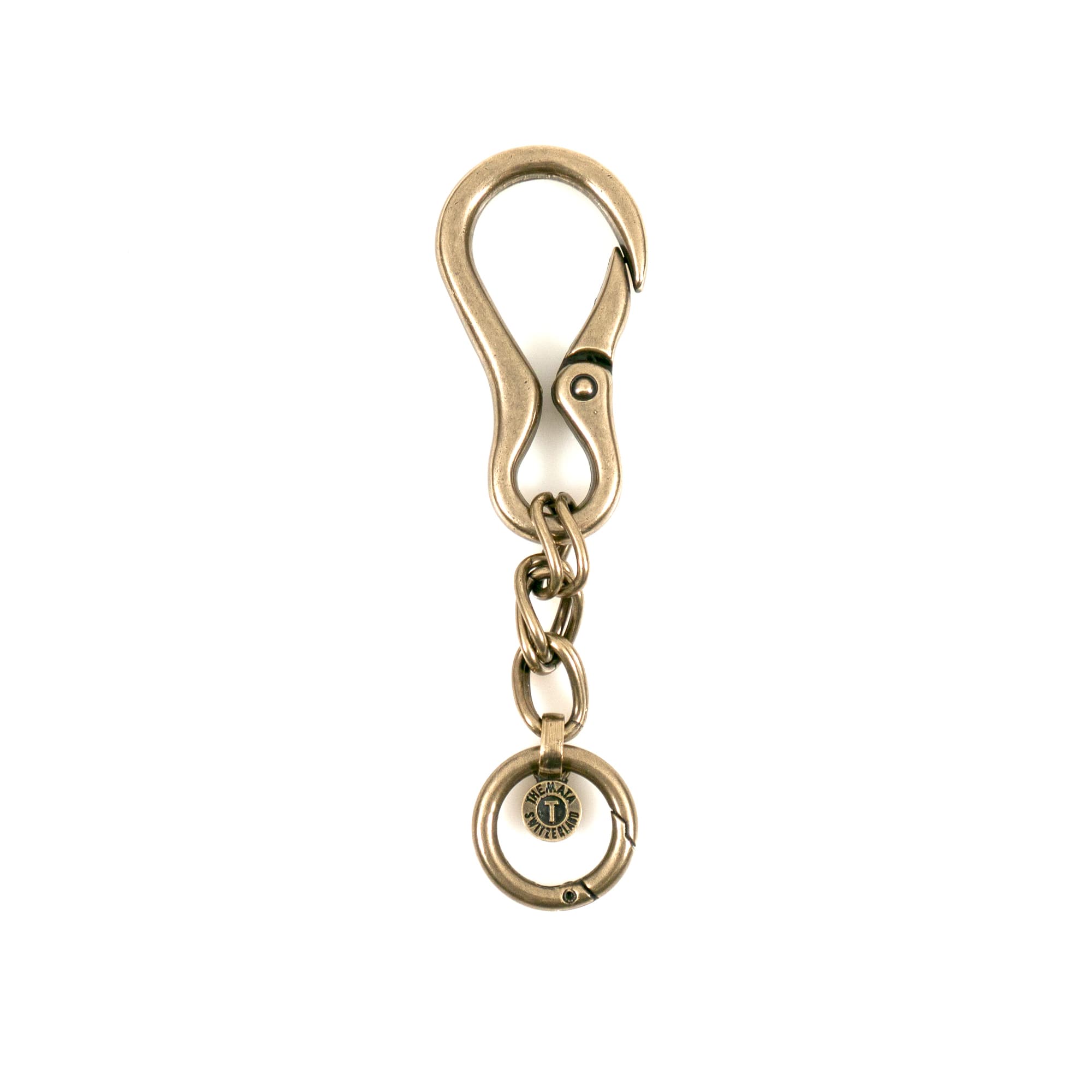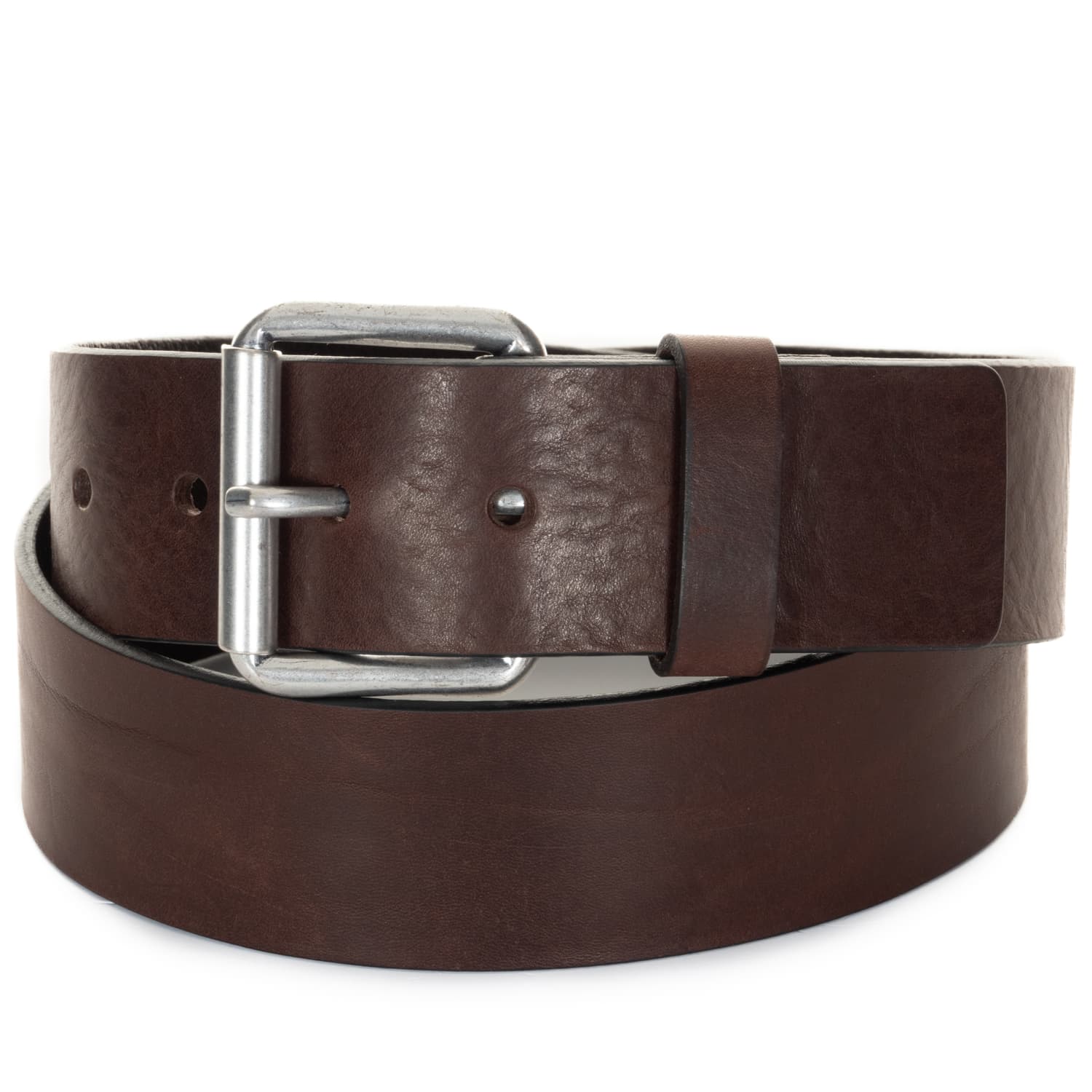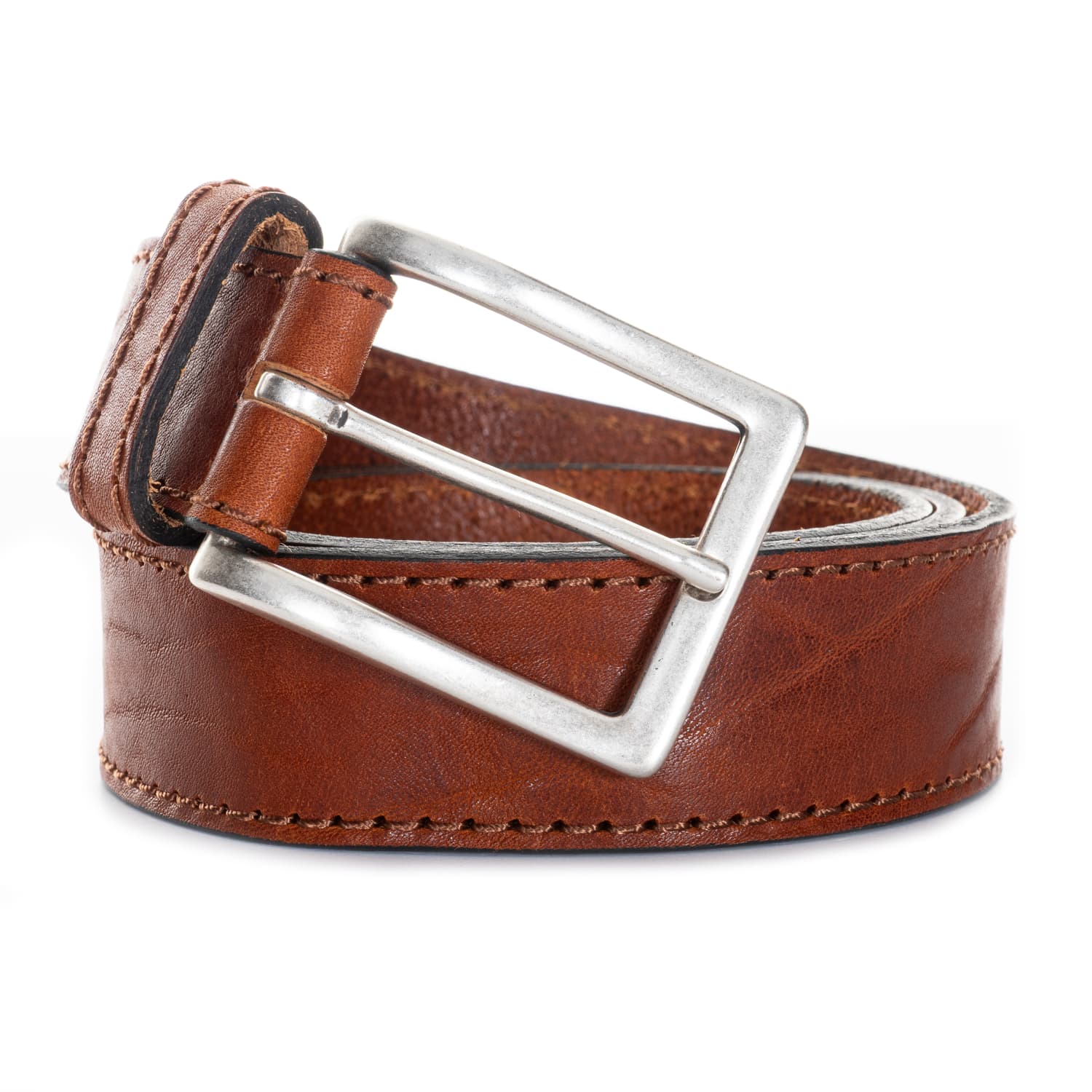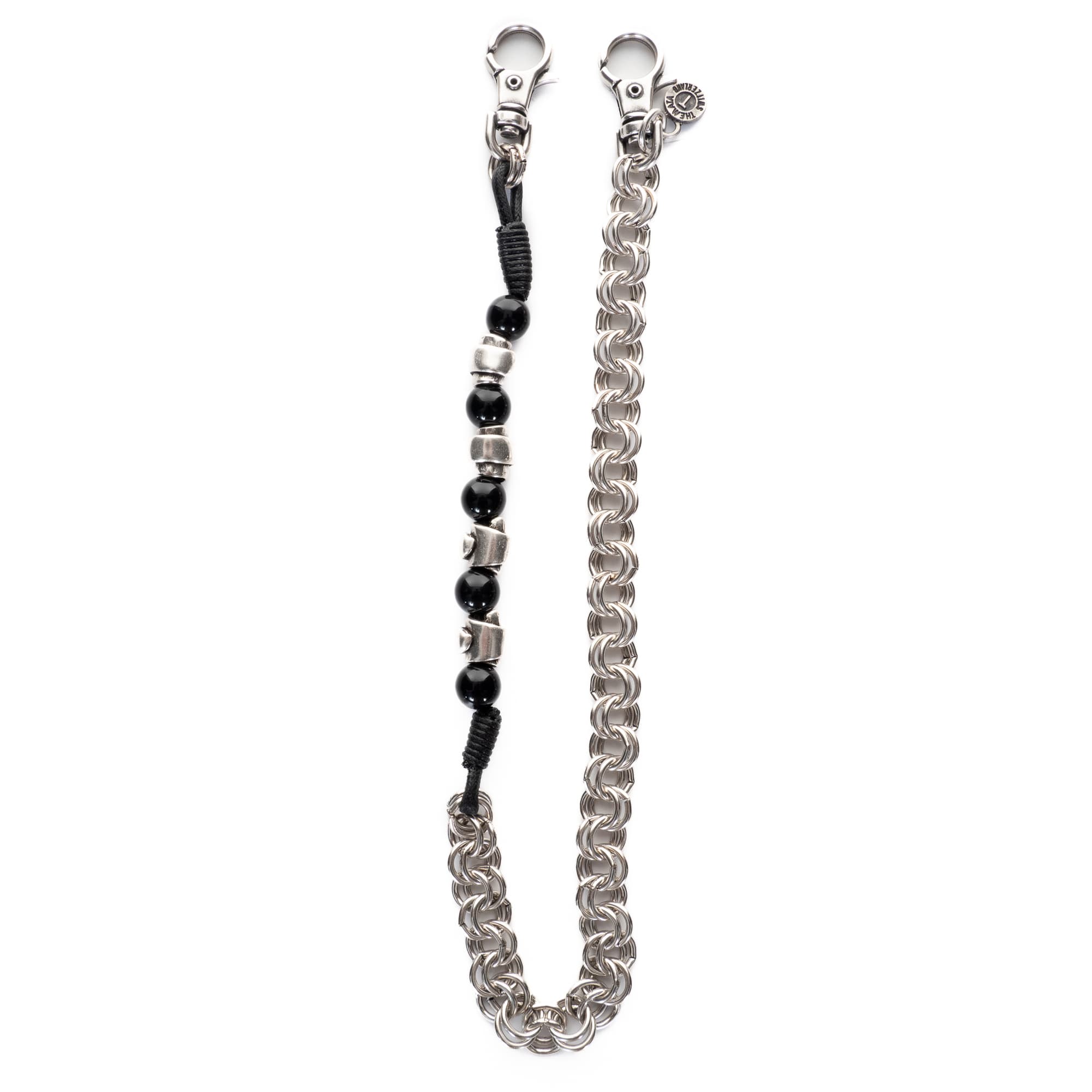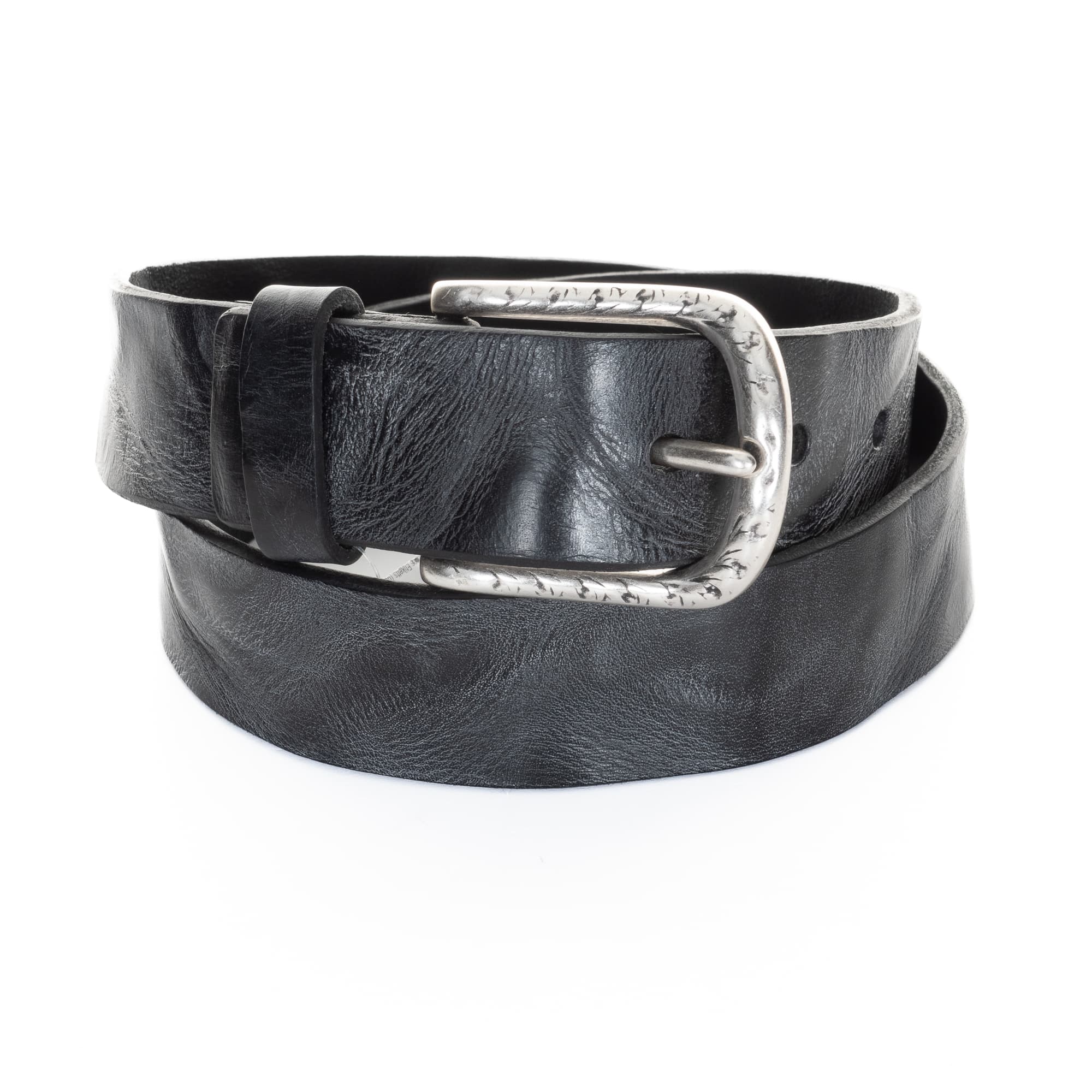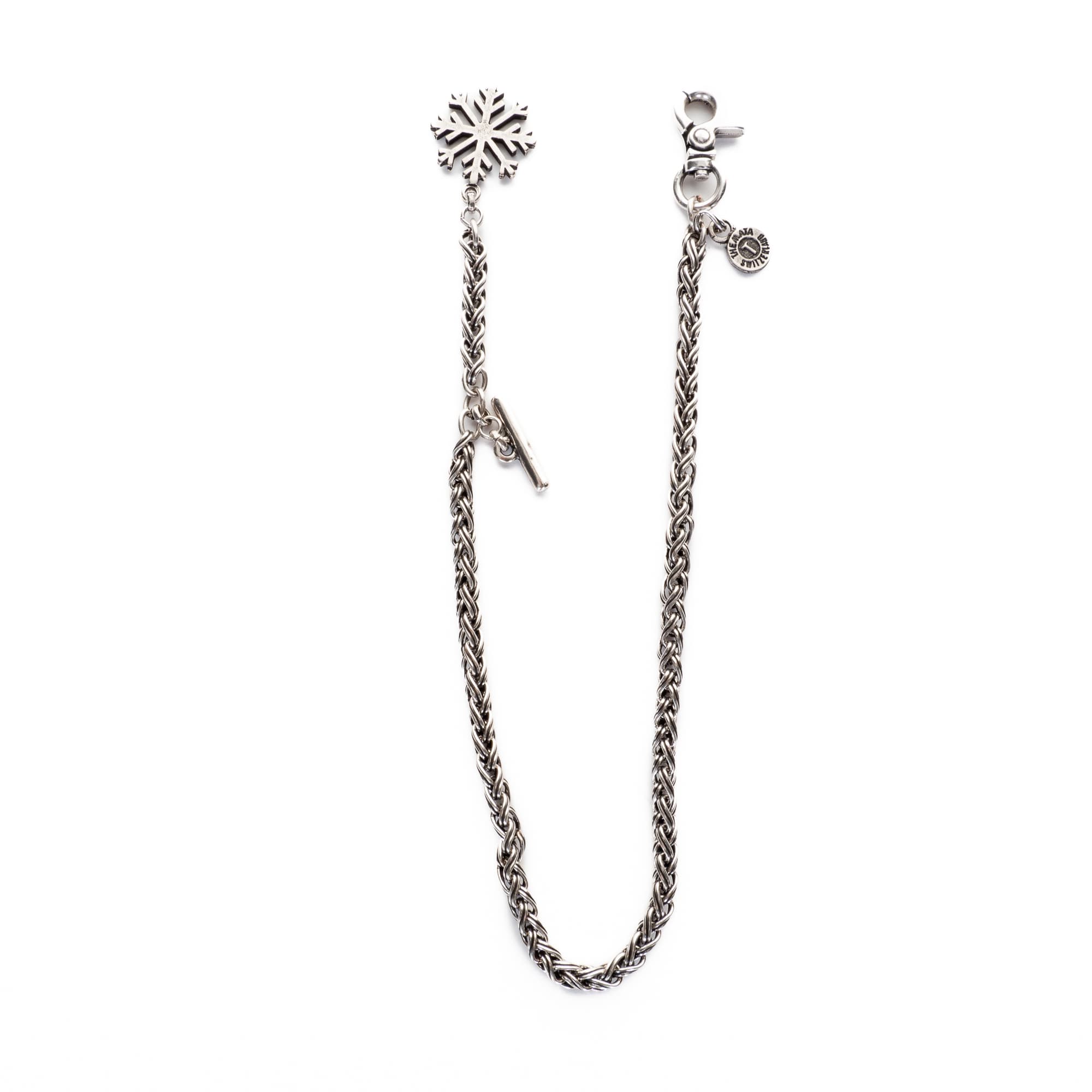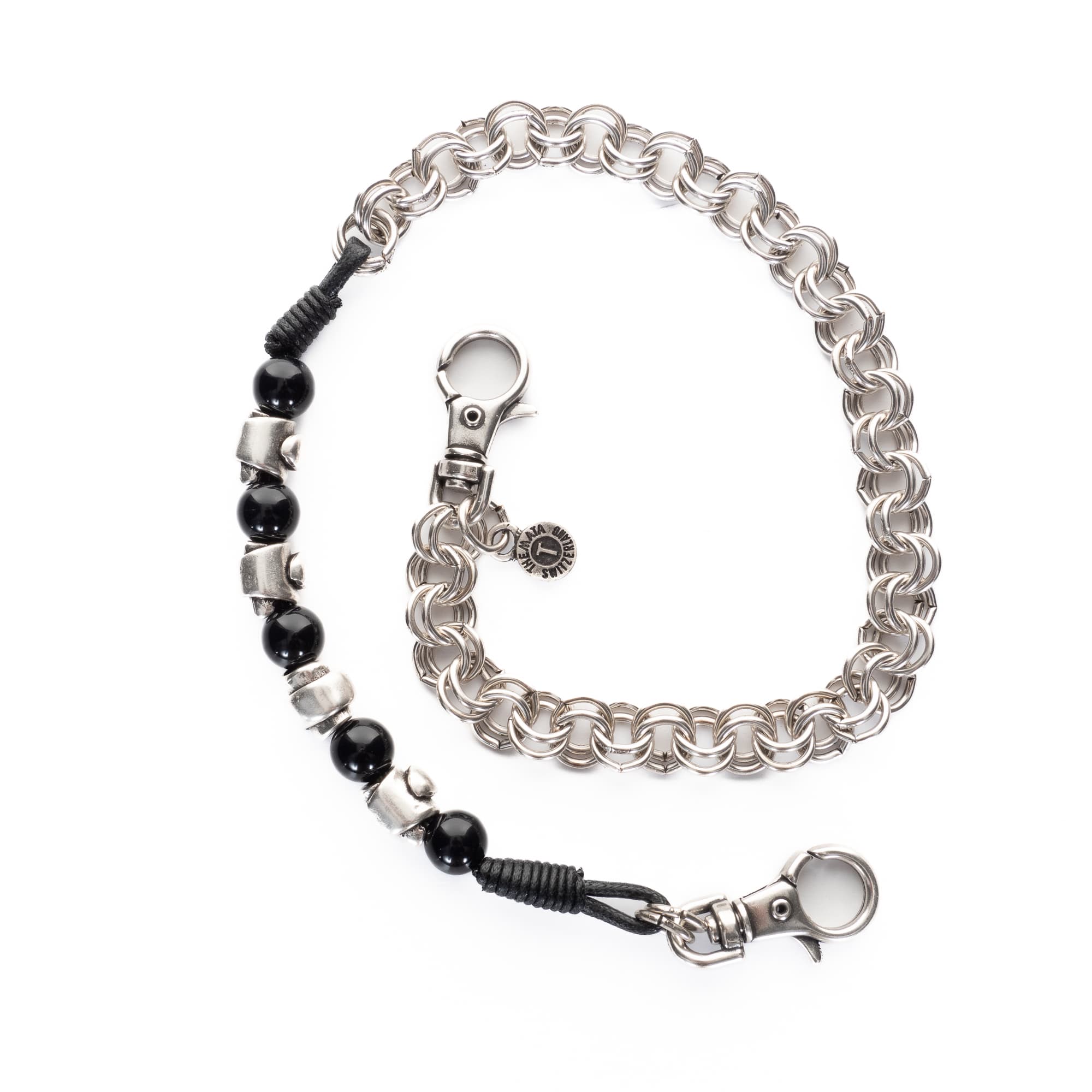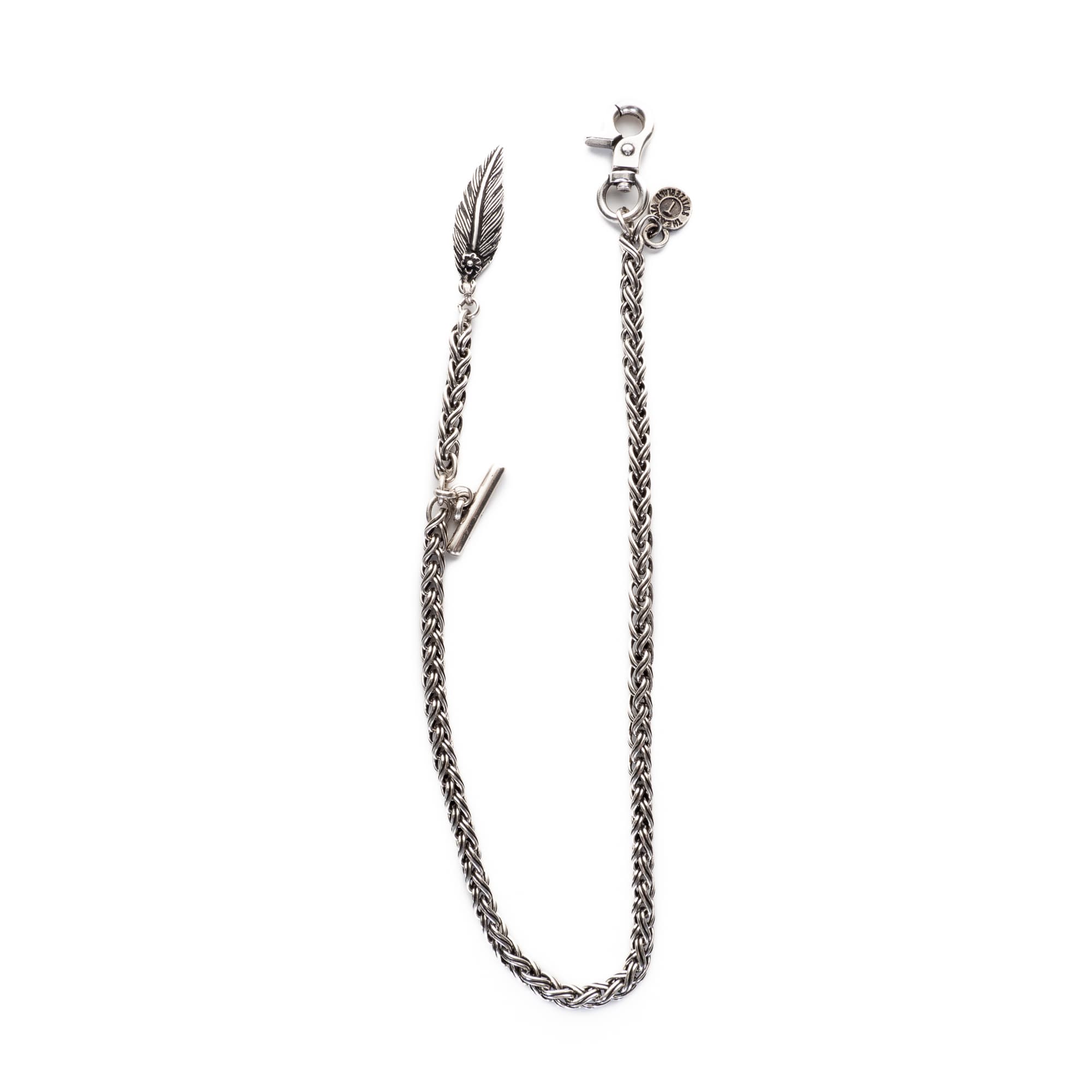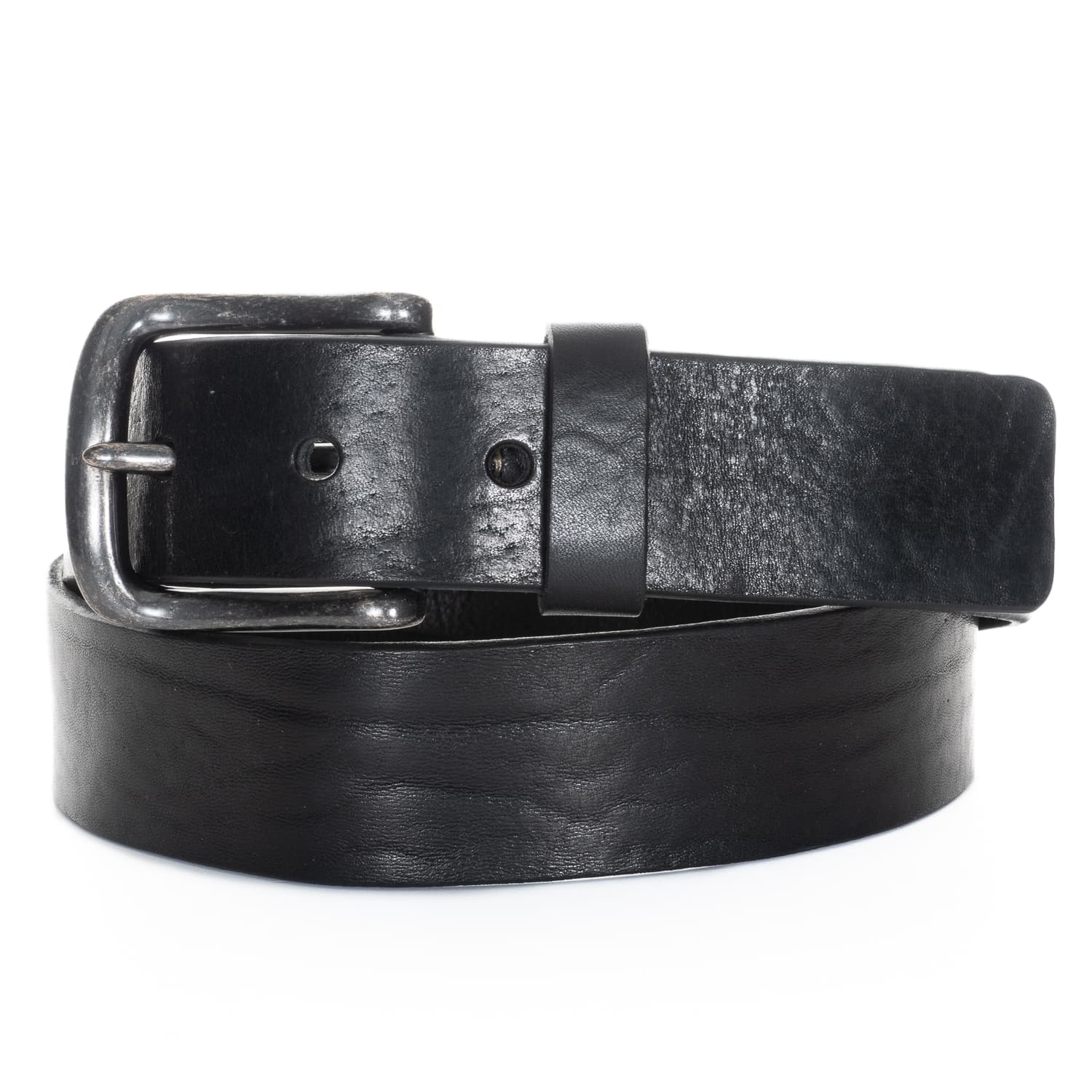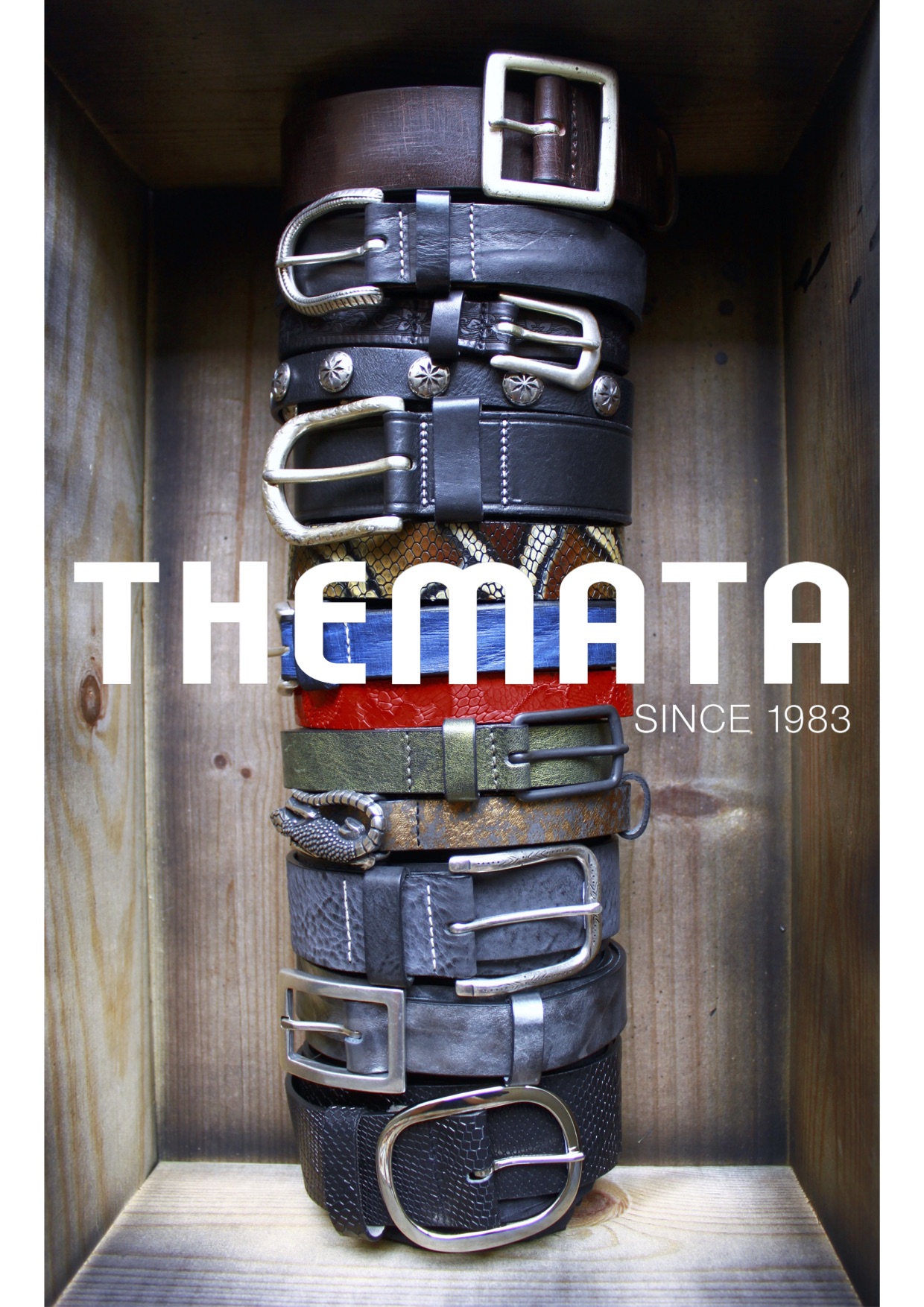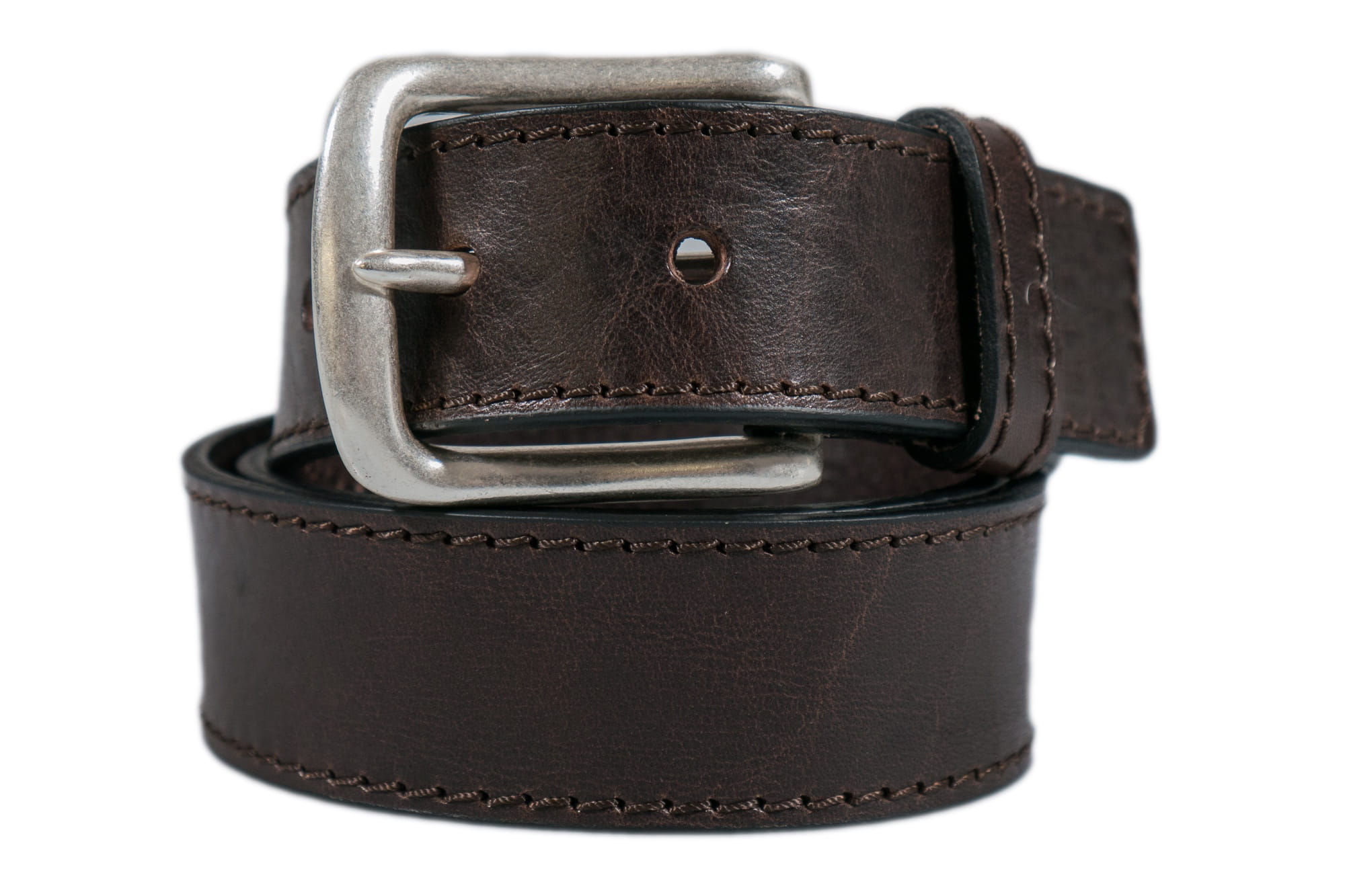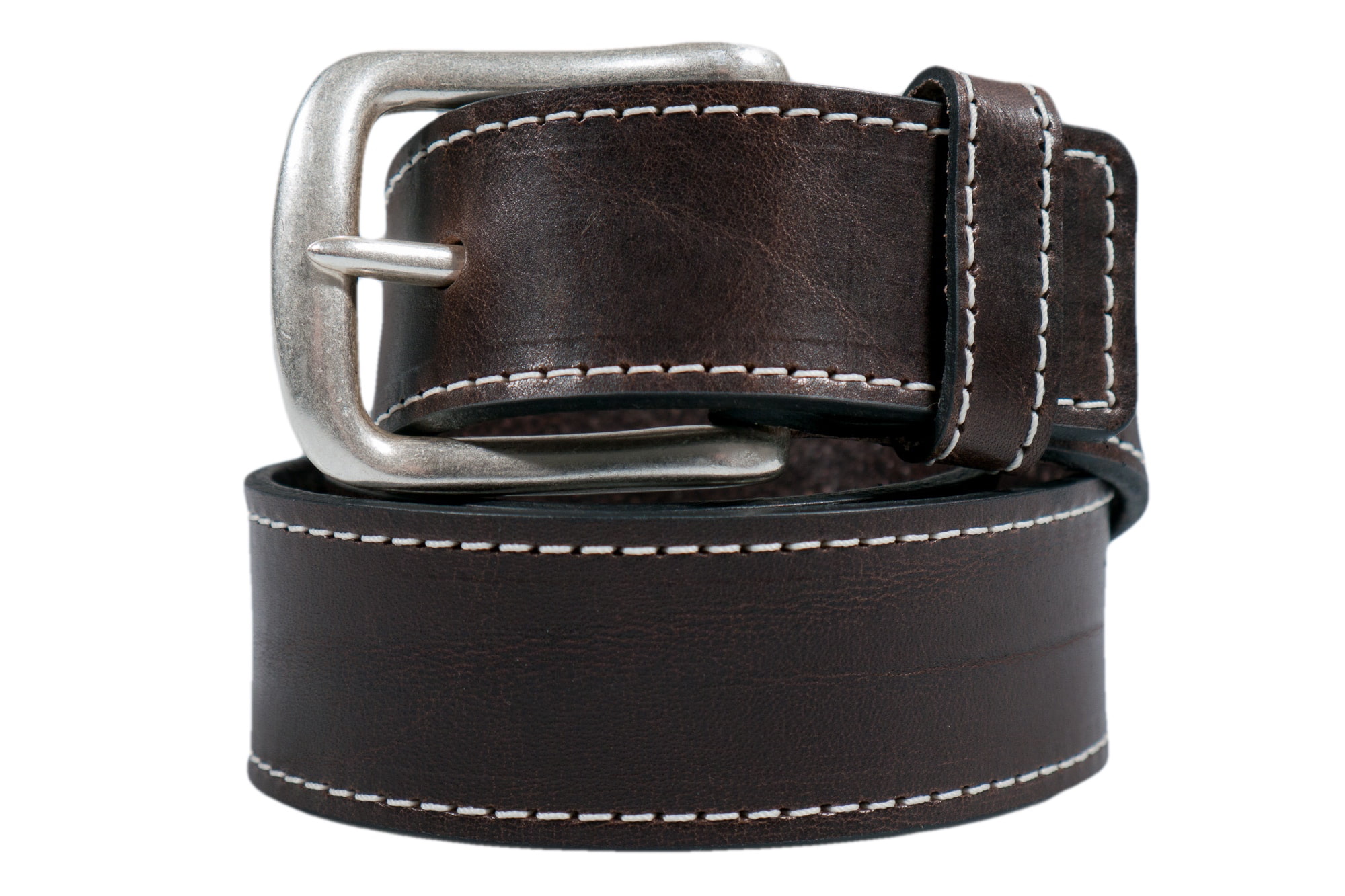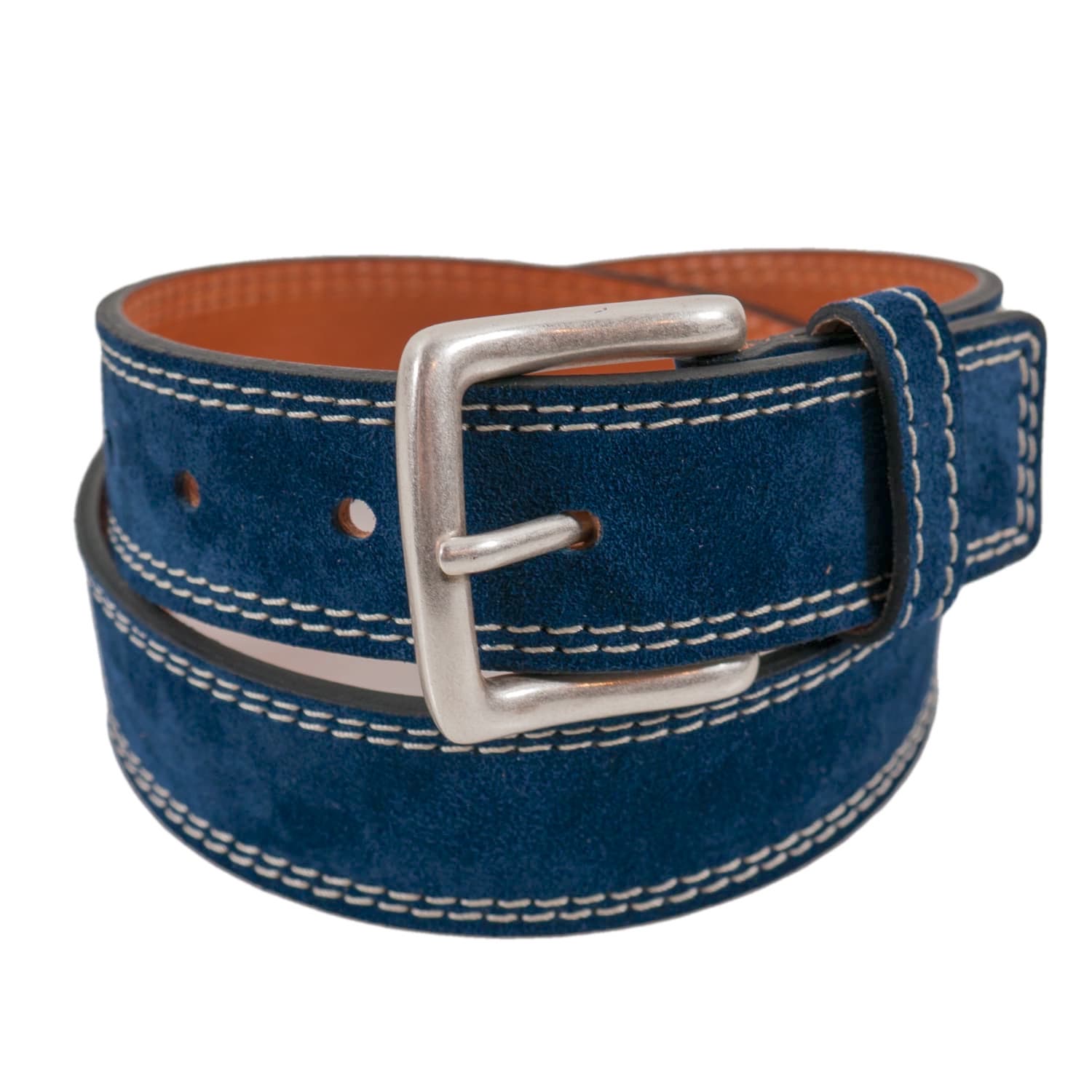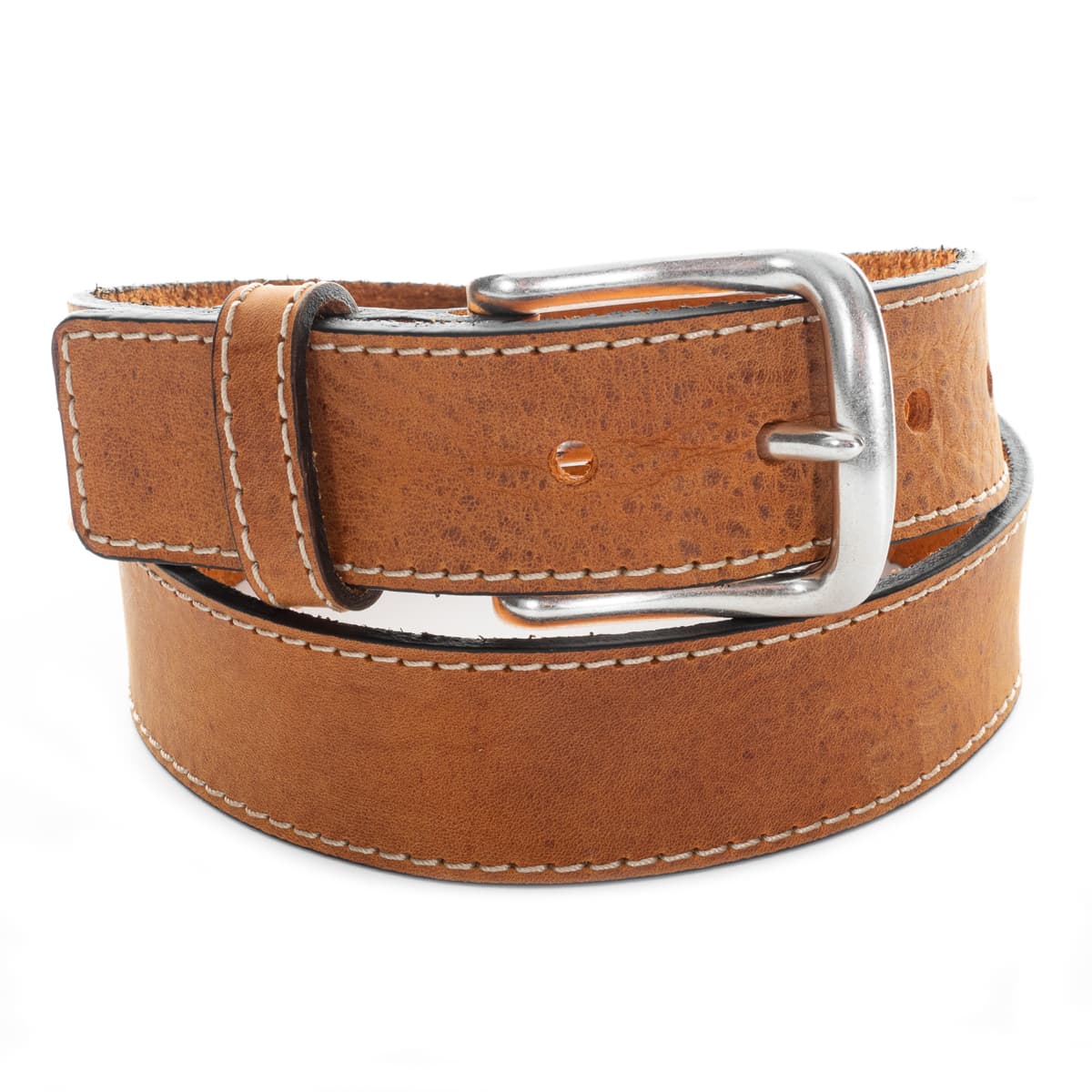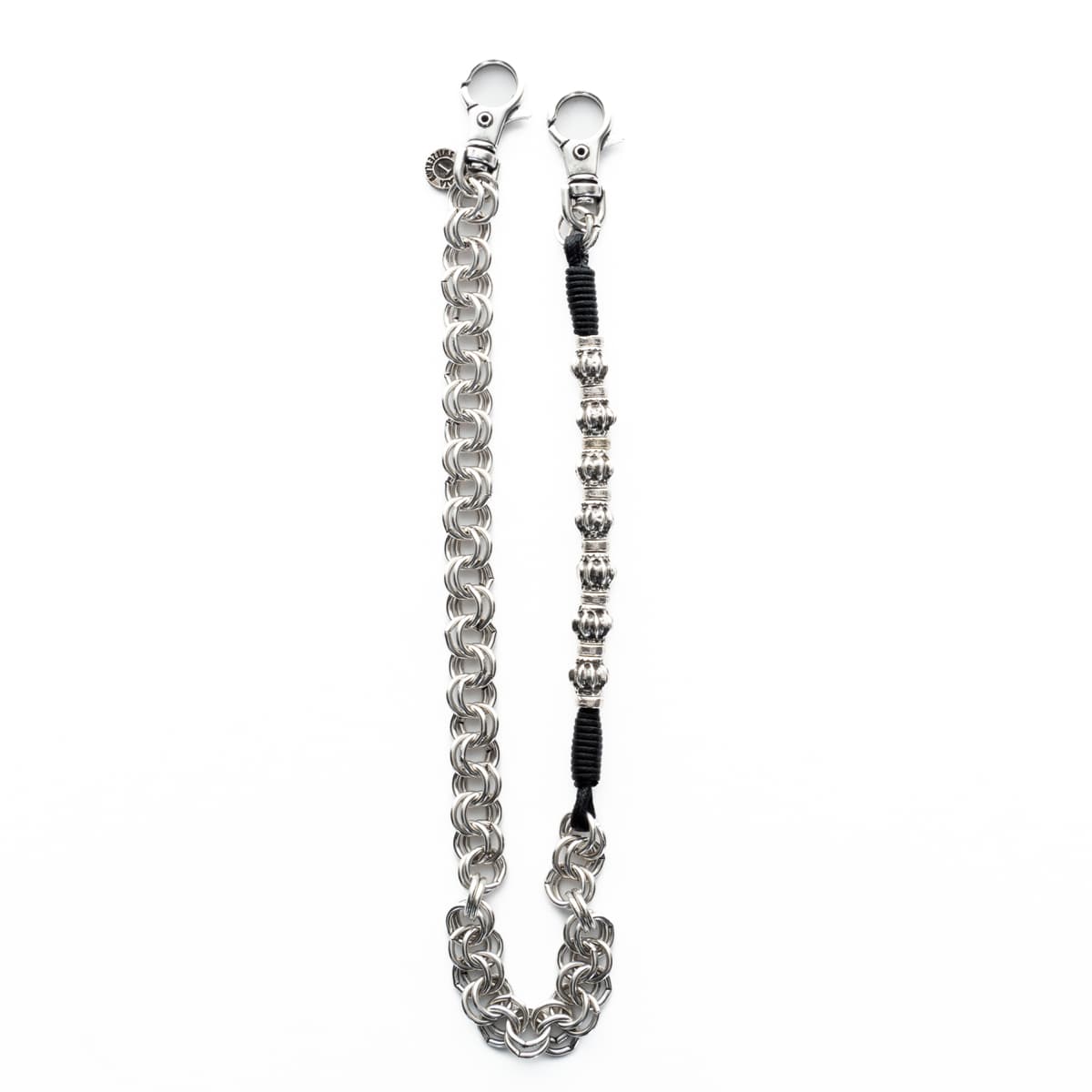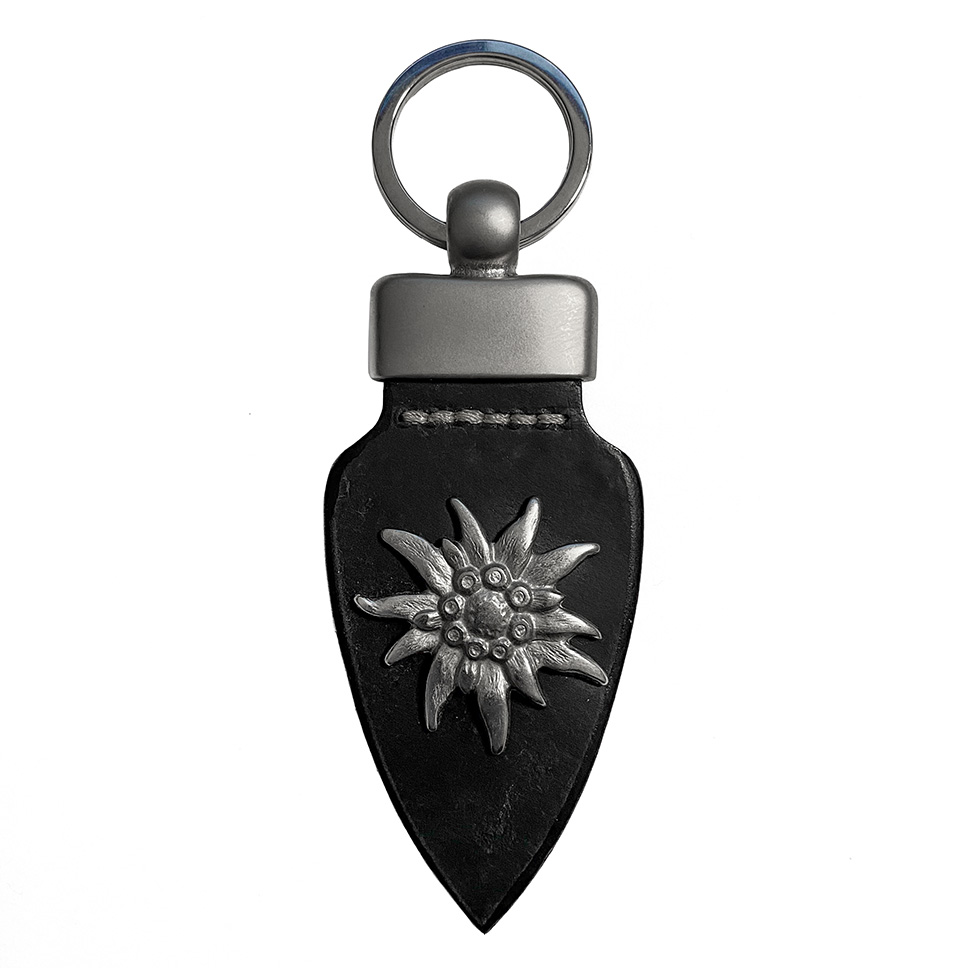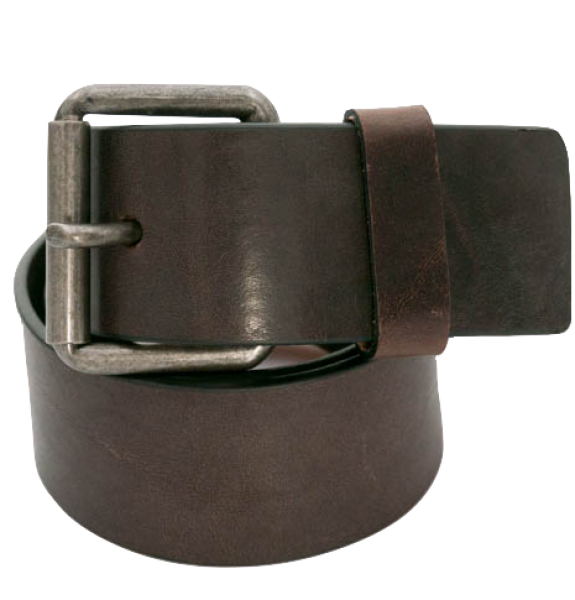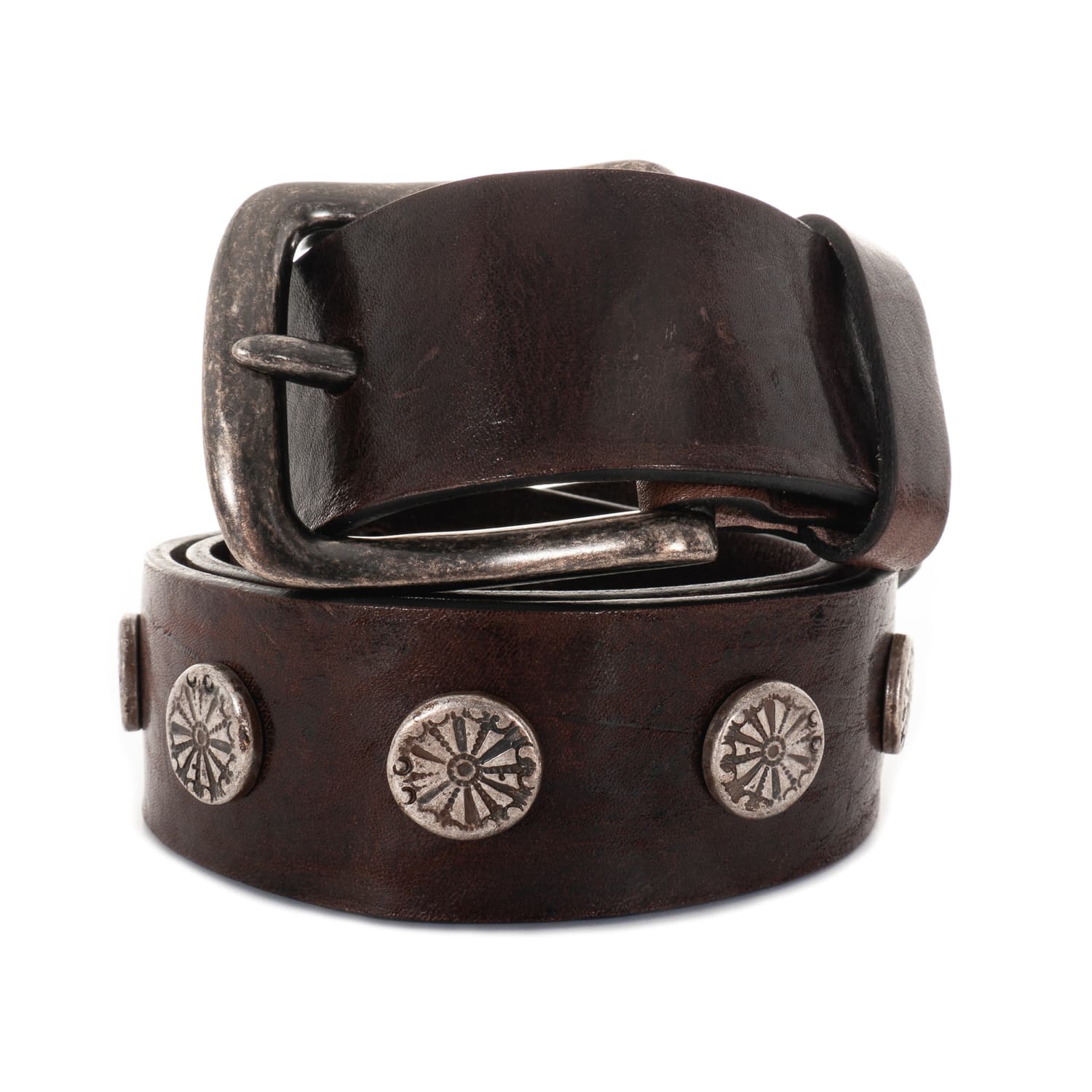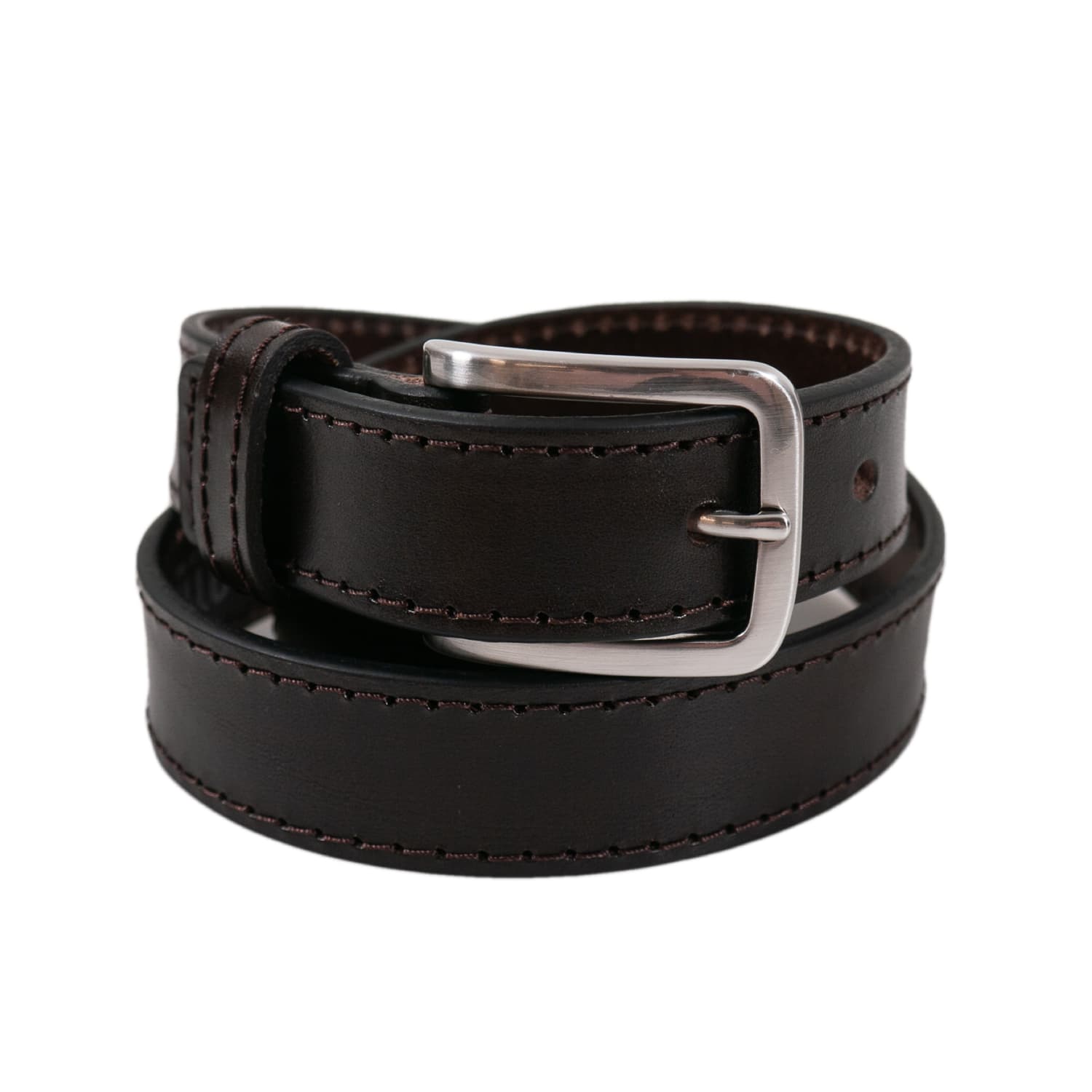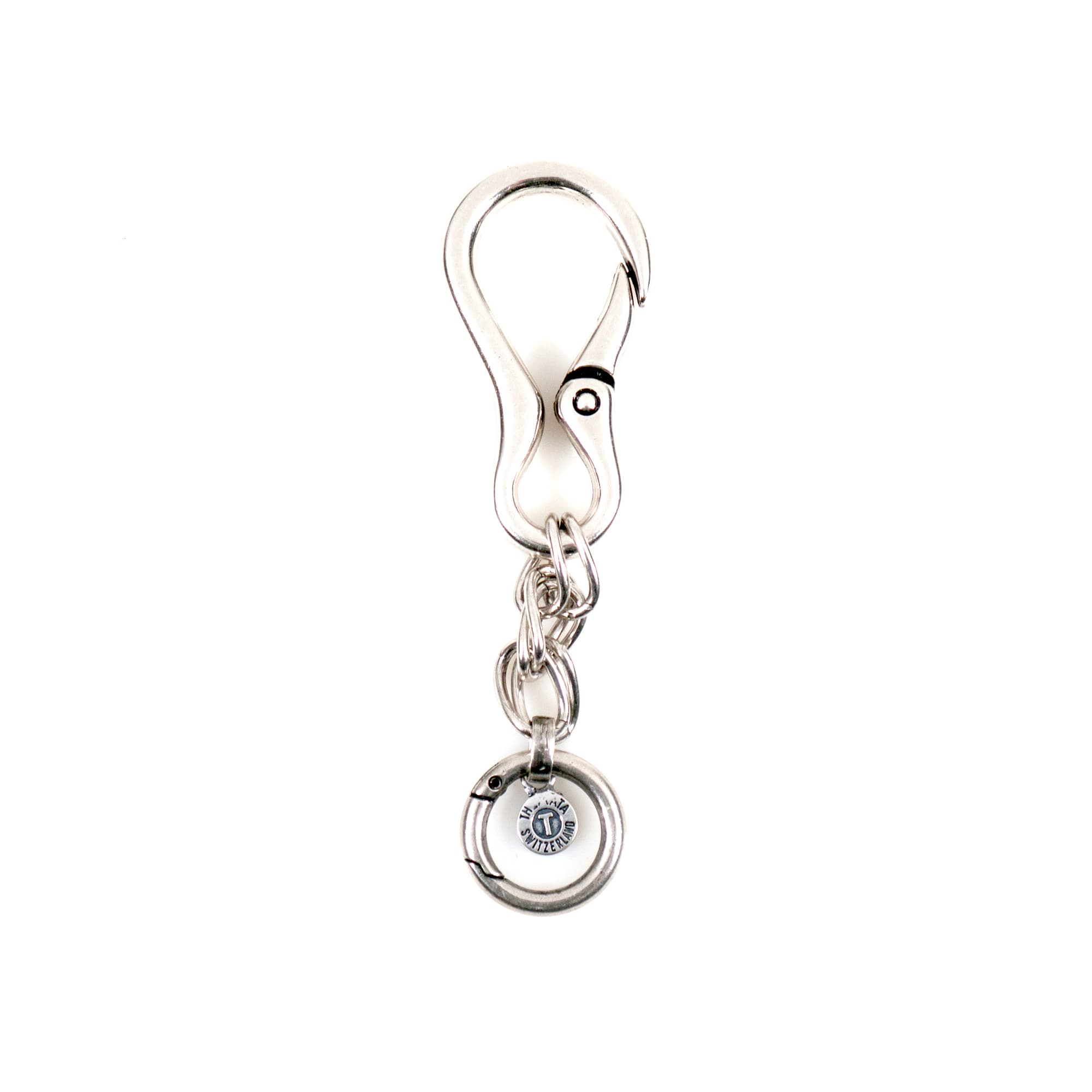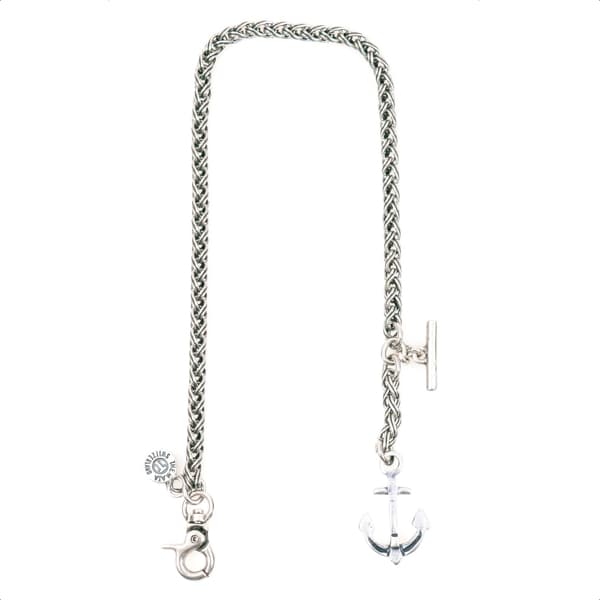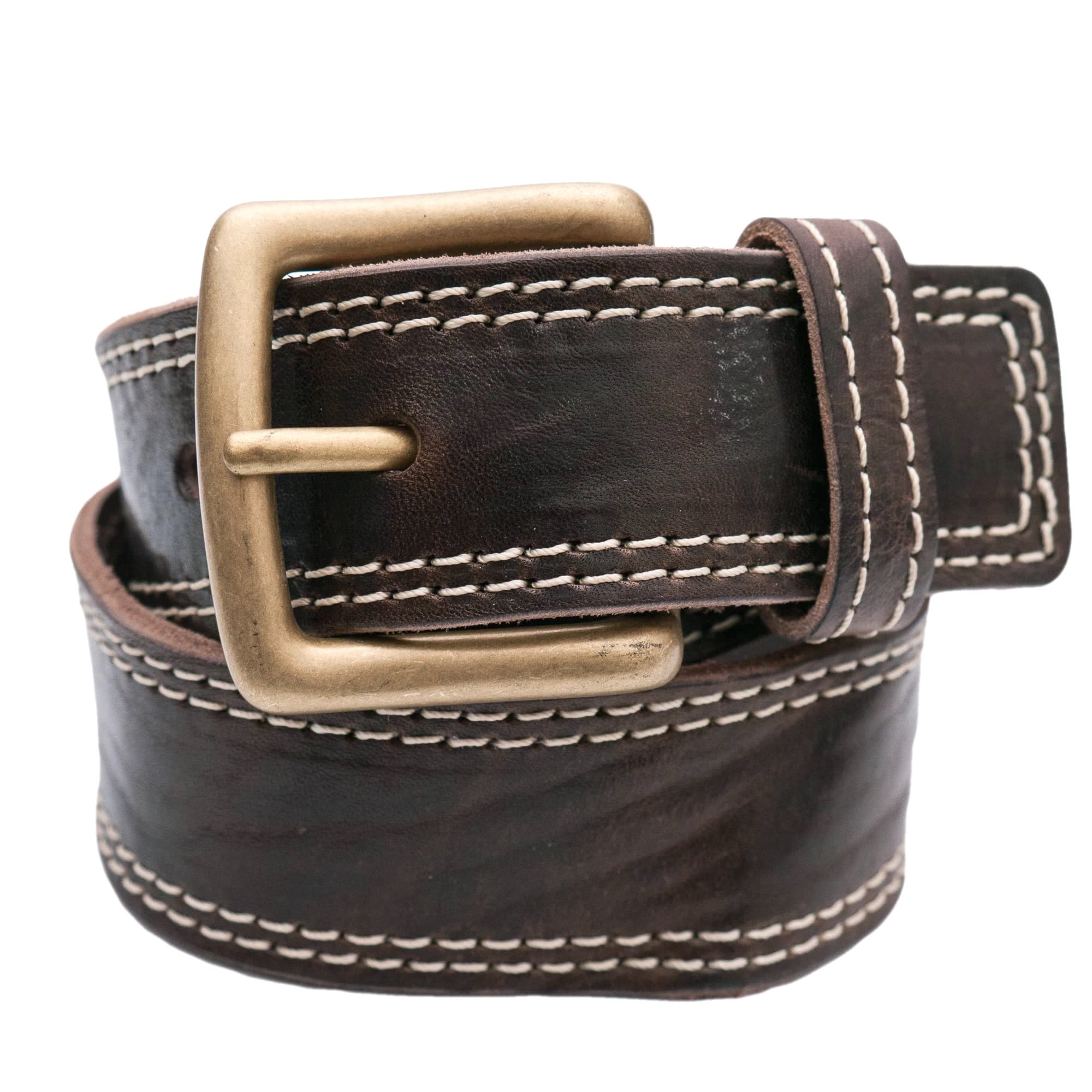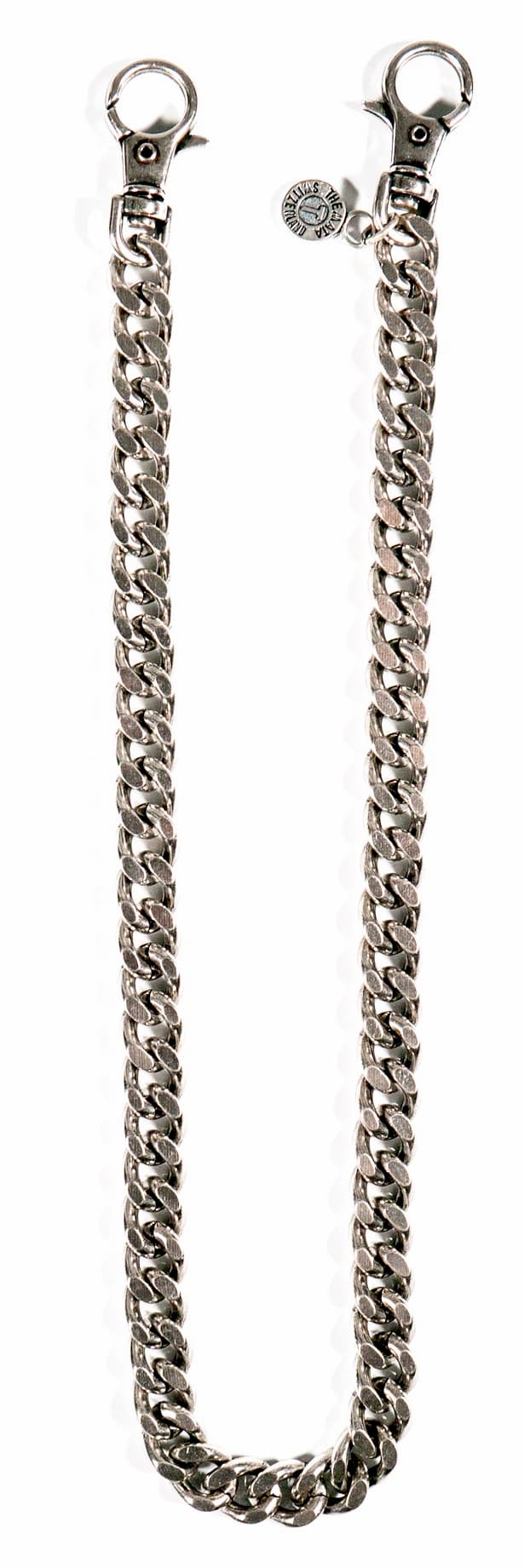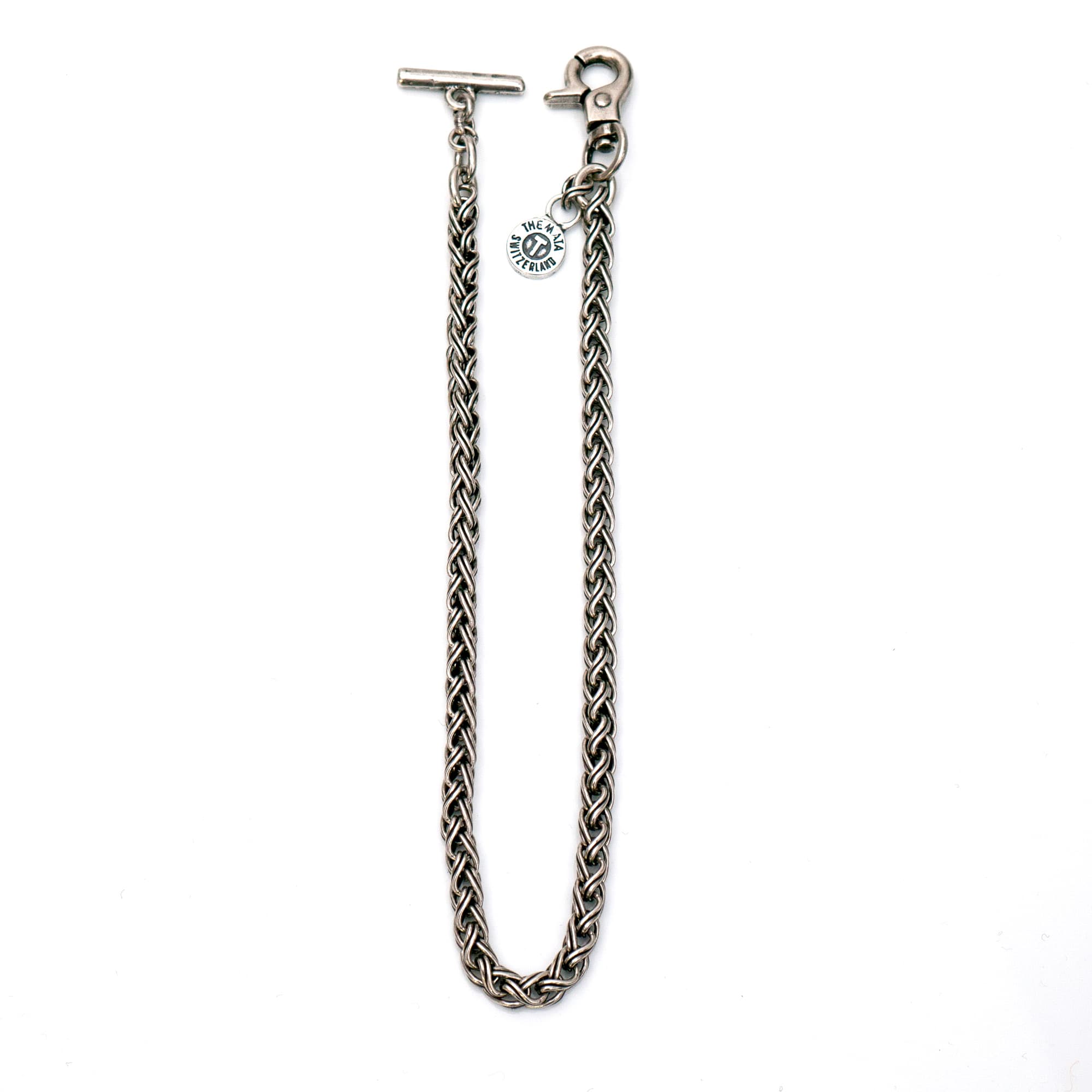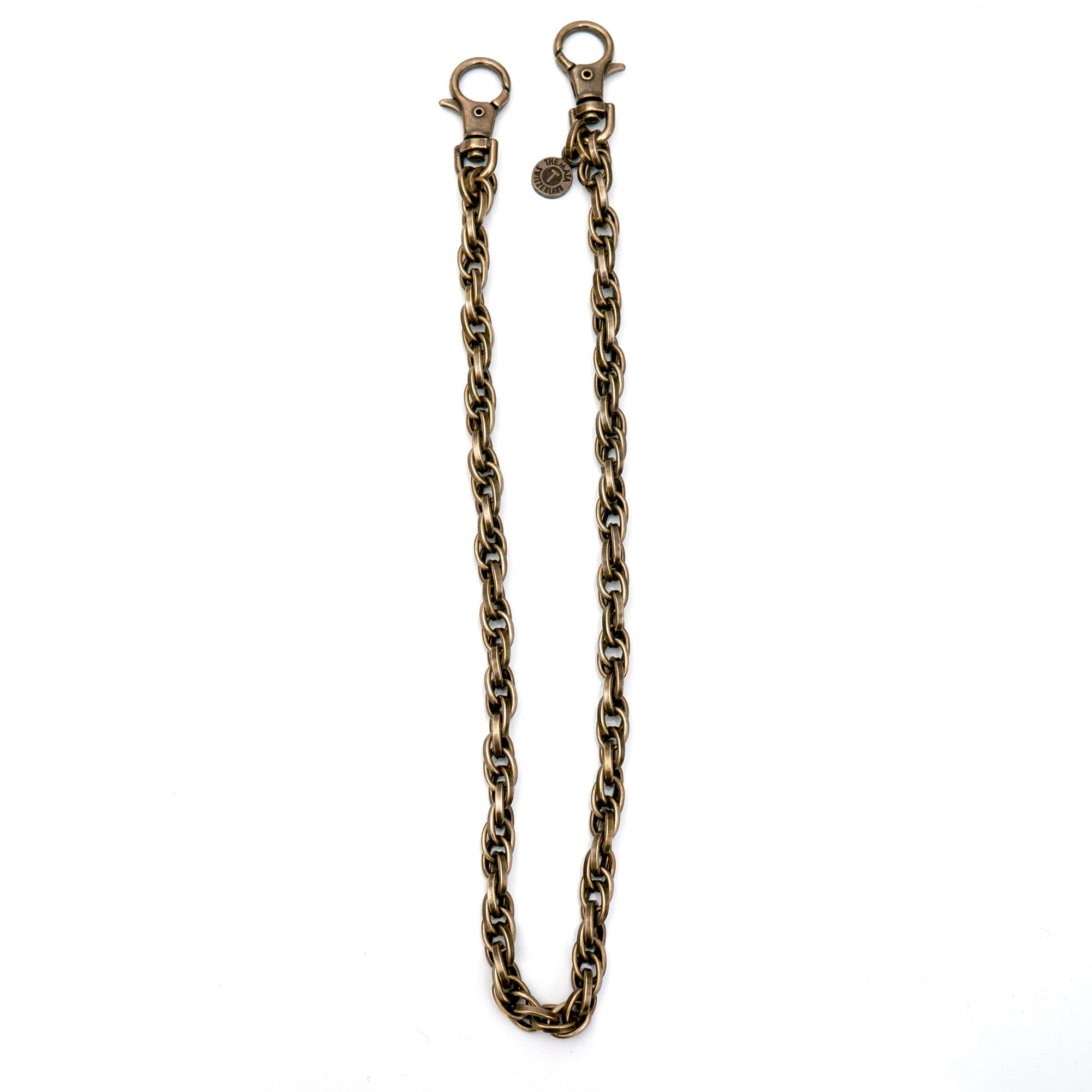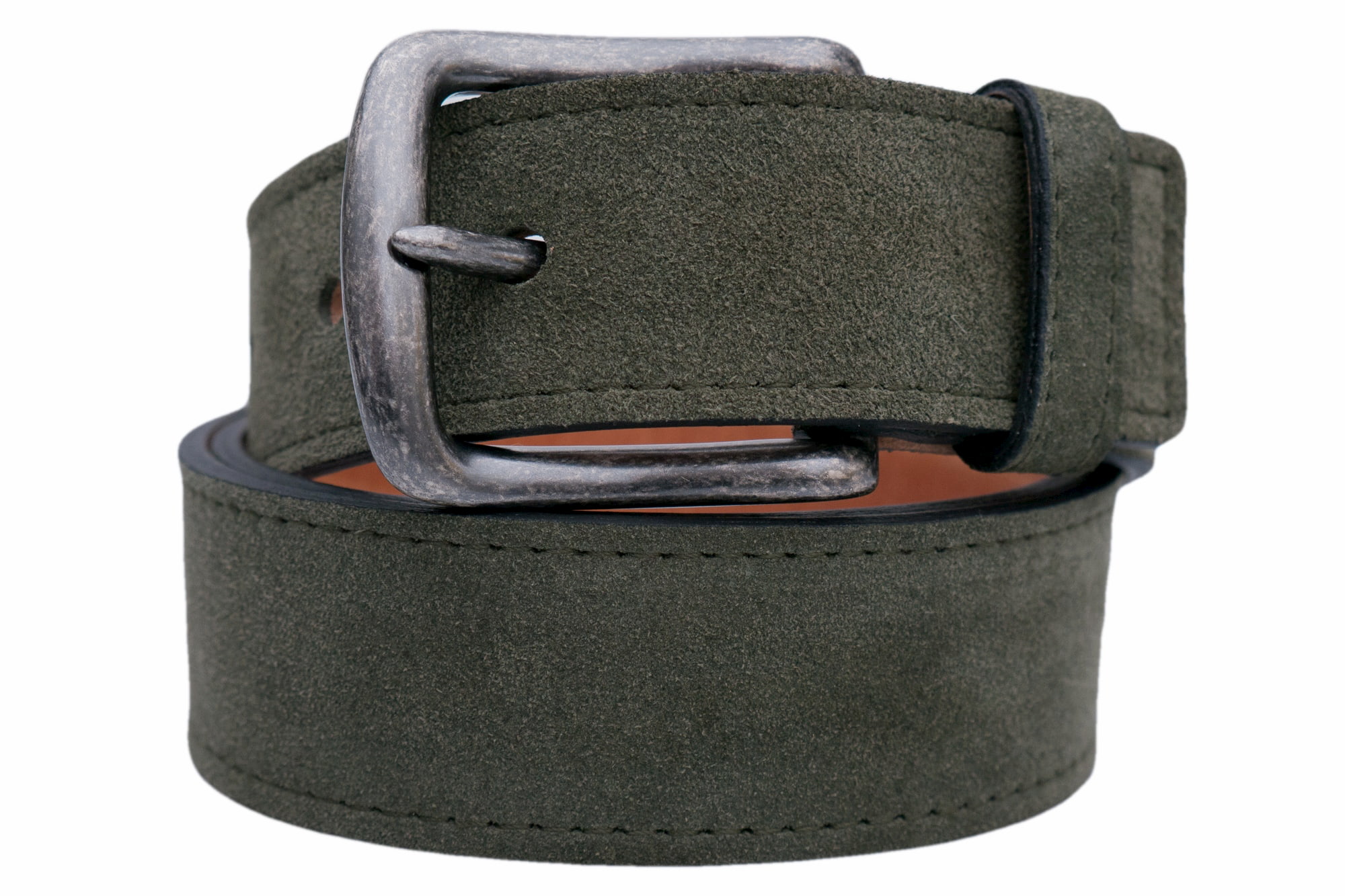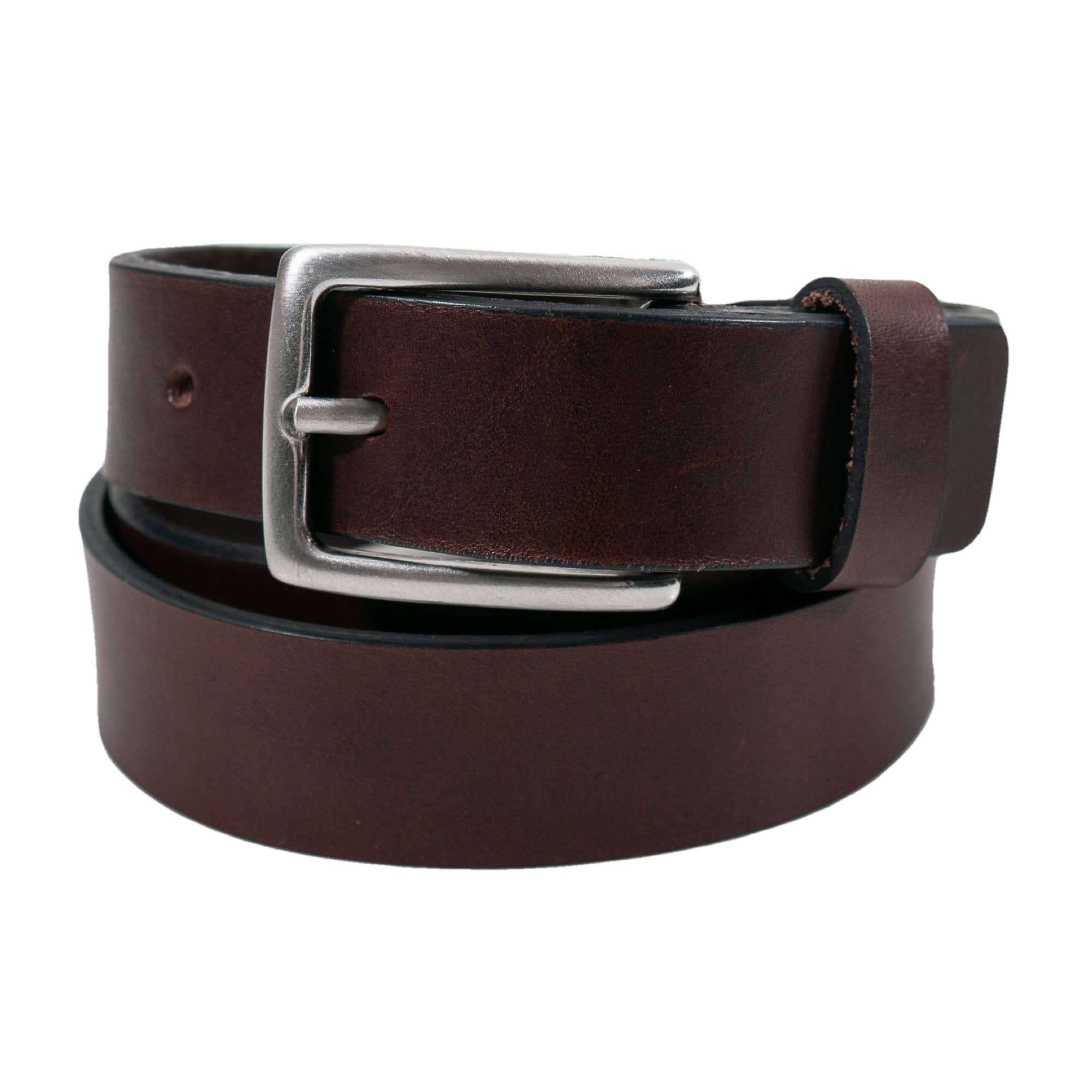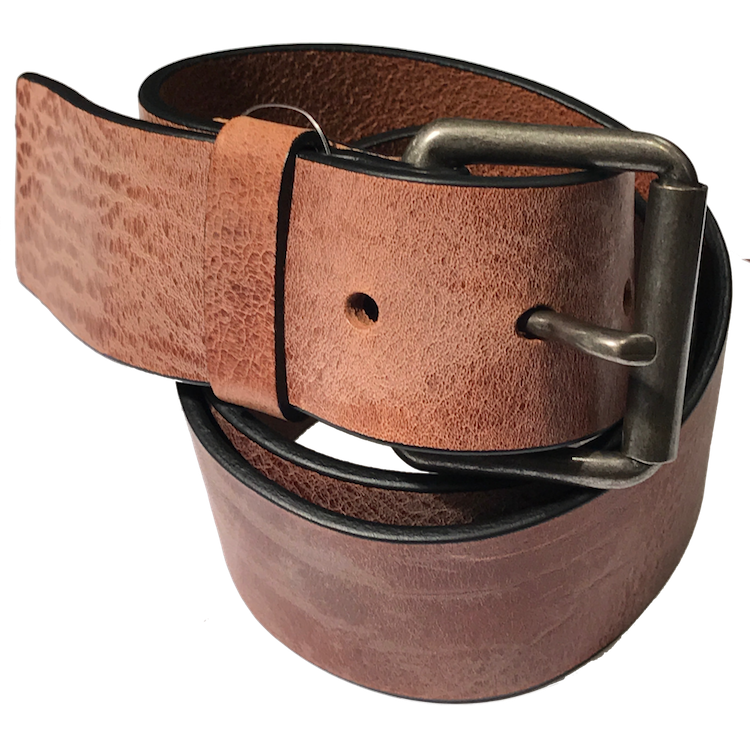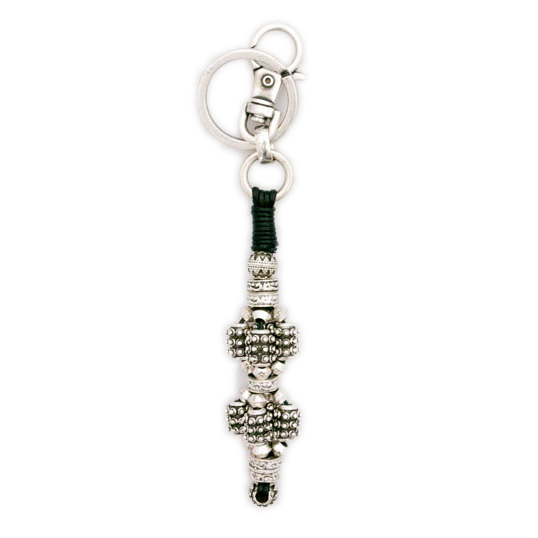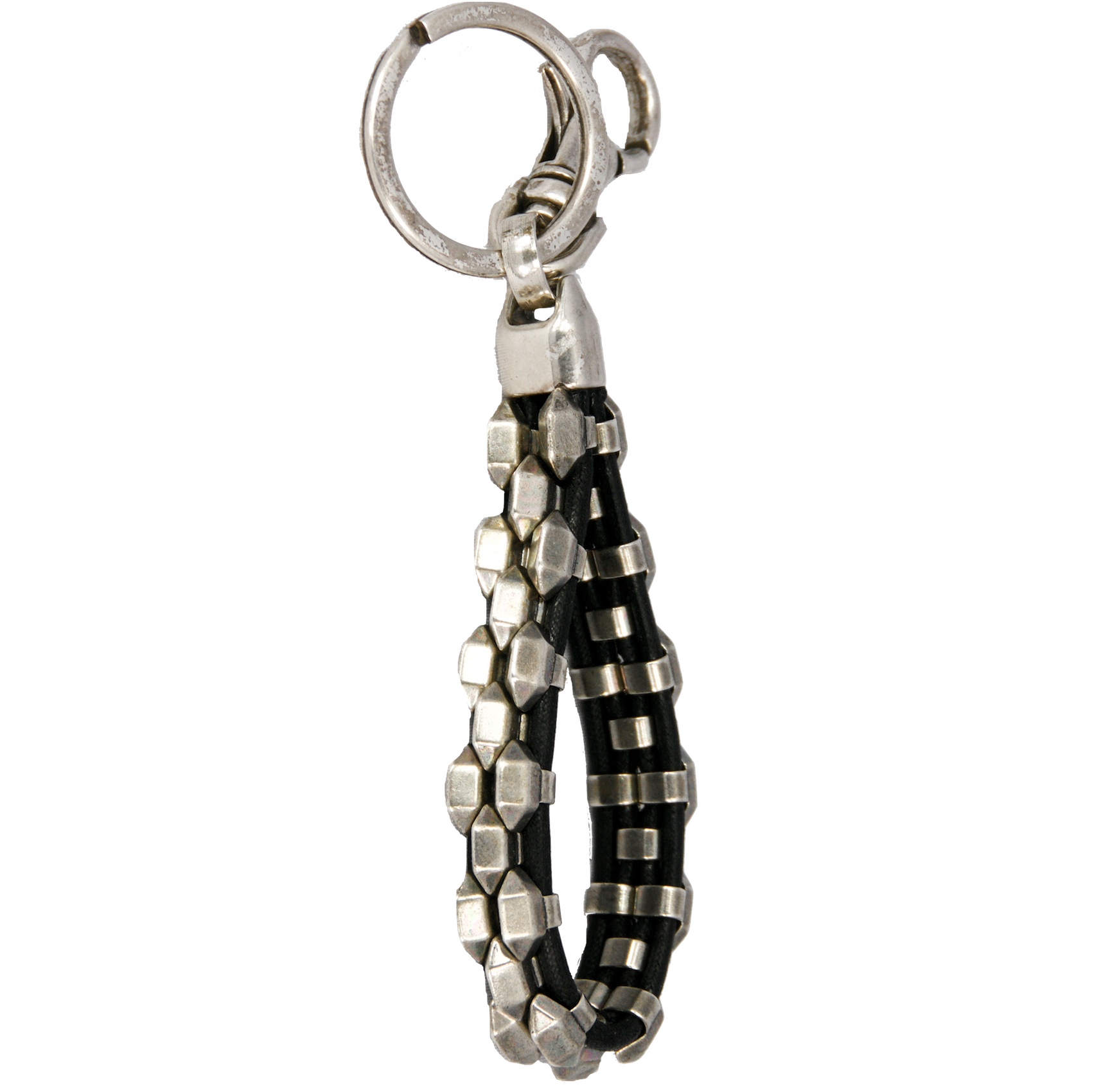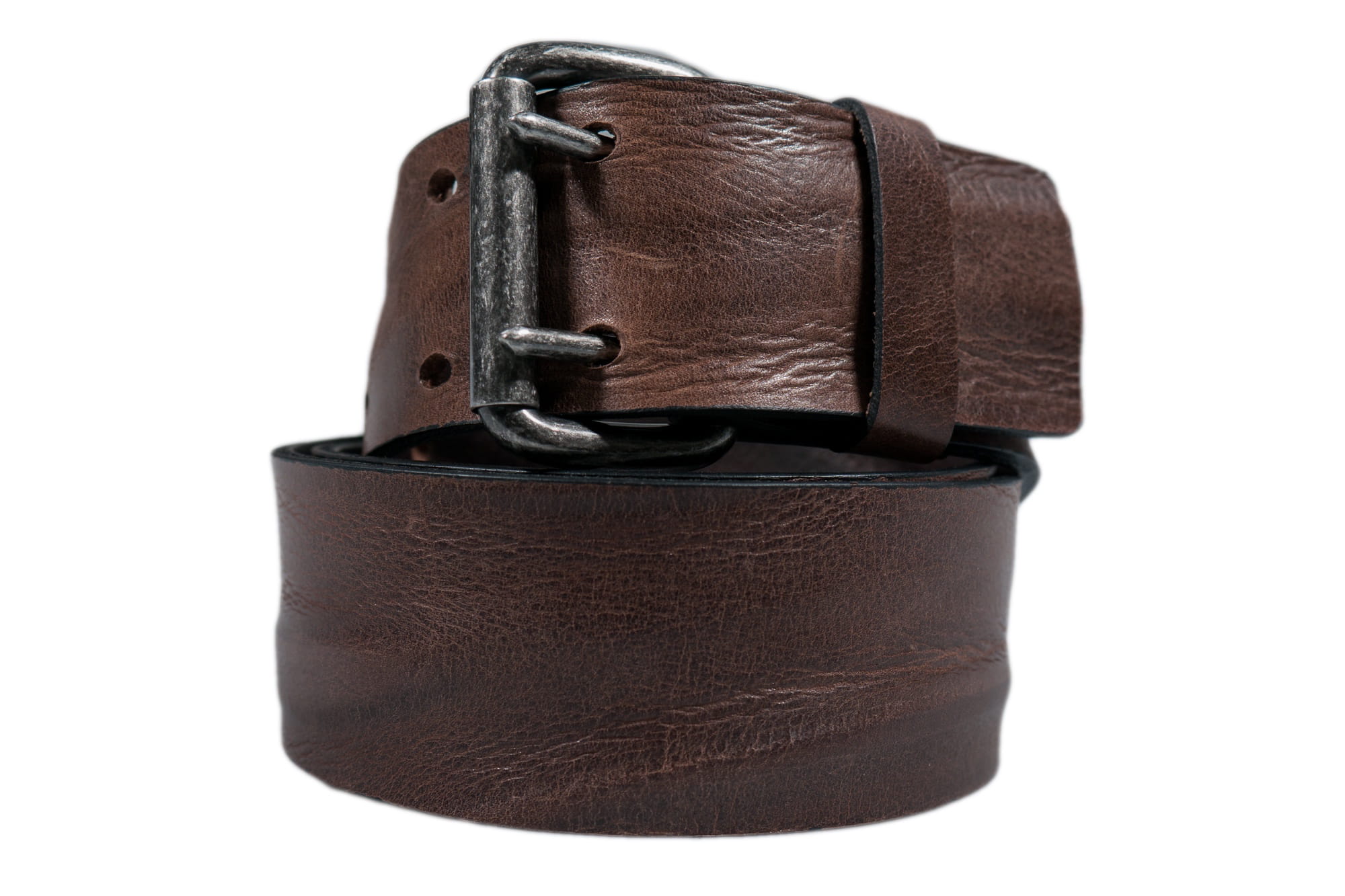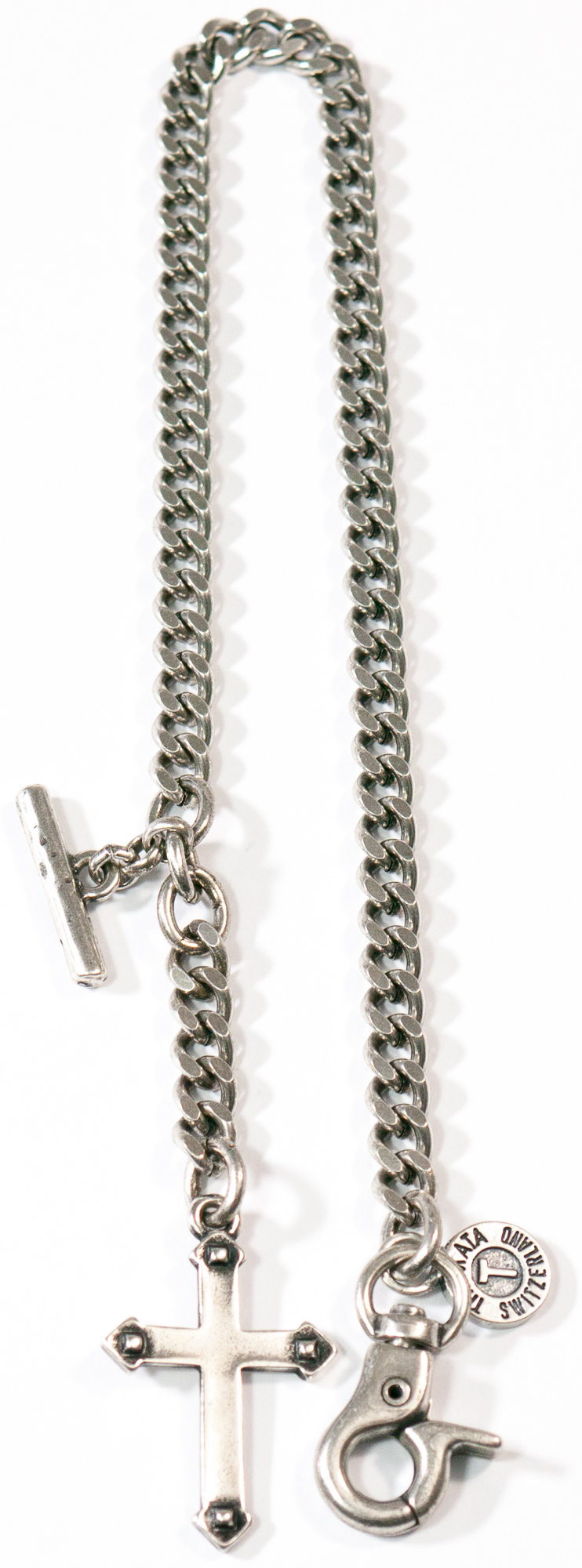
THEMATA - Timeless premium belts from Switzerland
THEMATA was founded in Zurich in 1983 with the aim of designing and selling leather goods and belts in the premium segment. Today THEMATA is the leading Swiss label for high-quality belts:
Designed, developed, and produced in Switzerland - 100% Made in Switzerland
As an owner-managed company, Claudia and Peter Theiler have direct contact with retailers. The advantages of this are obvious: an ear to the customer's wishes, an ear in sales and production. Impulses from the zeitgeist are taken up in order to consistently combine them with the timeless Themata style and successfully realise them in good craftsmanship tradition.
‘A piece of us is in every belt.’
The use of first-class materials, the handcrafted manufacture of the products according to ecological principles and high-quality workmanship reflect the philosophy of the owners:
‘Our belts stand for timeless design, confident style, Swiss quality, longevity, individuality, combined with ecological standards and the finest workmanship.’ Claudia and Peter Theiler
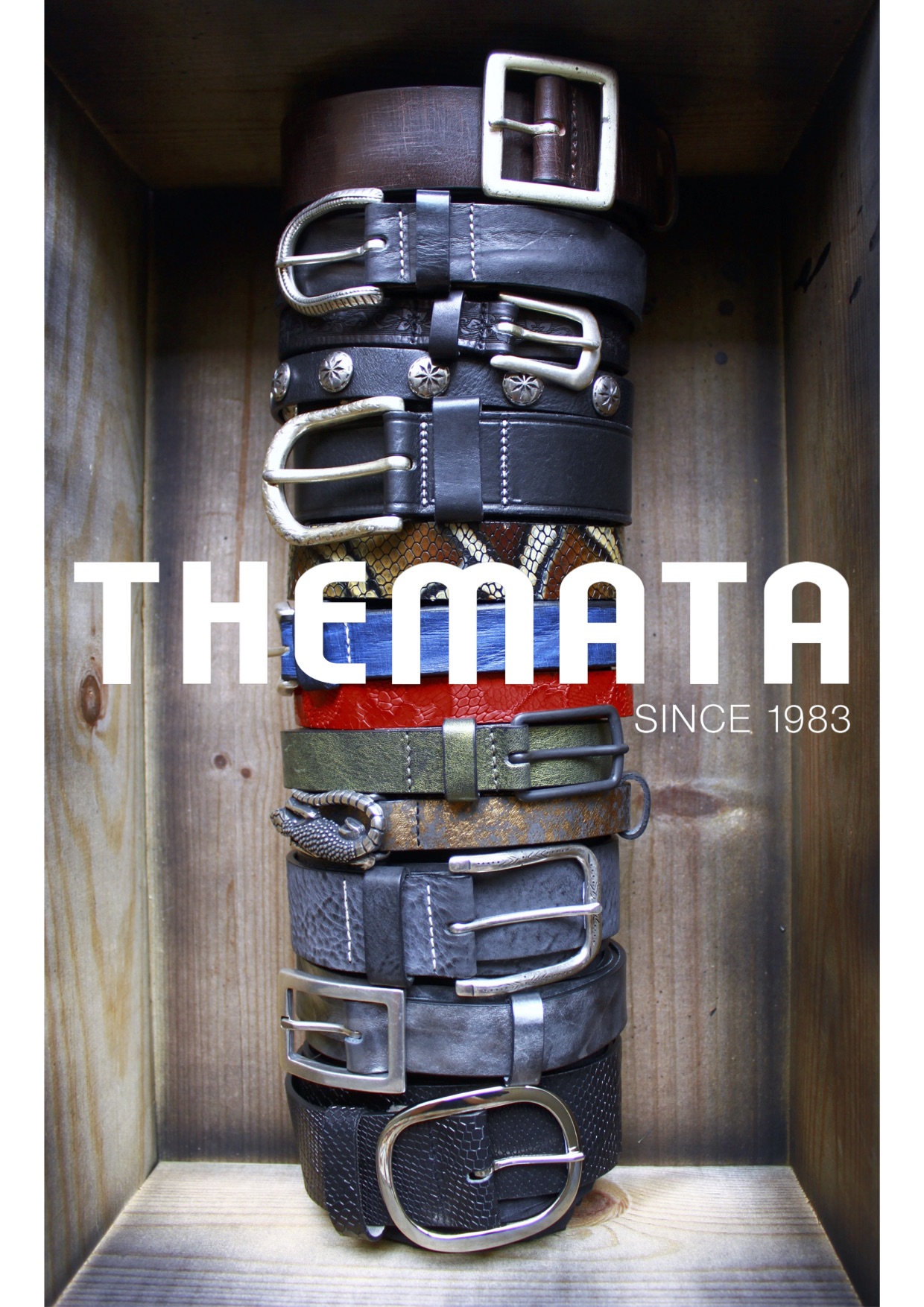
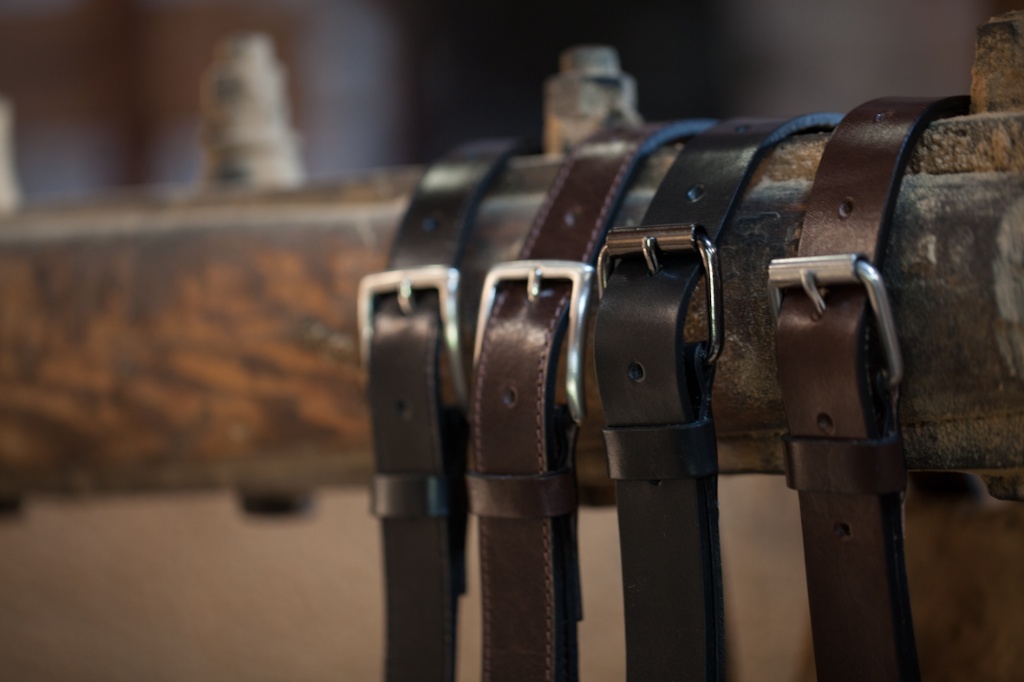
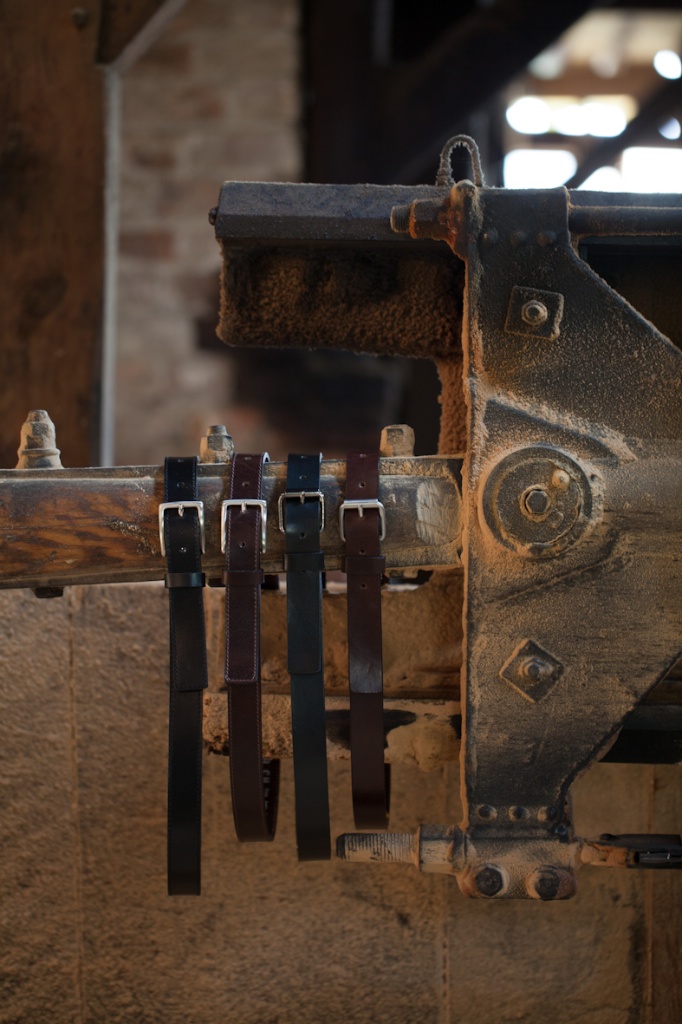
History & leather
science It is unclear exactly when and why humans started making leather. Presumably, however, it was hunter-gatherers who tried to utilise all the remains of an animal. The knowledge of tanning leather, making it durable and soft, was a process characterised by coincidences. At some point, however, man discovered that treating the animal skins with natural materials such as tree cattle or natural stones made the leather soft and durable. The smoke from the fire also helped to soften the leather.
Vegetable tanning was already known in ancient Egypt in the 4th millennium BC. This is known from decorations on a sarcophagus in which scenes of tanning are depicted. Alum-tanned leather was even found in Tutankhamun's tomb. The profession of tanner was highly respected at the time and leather items were considered very valuable. Egyptians from high social classes wore leather sandals, for example.
People in the Stone and Bronze Ages wore broad garments made of various types of leather. The most famous glacier mummy Ötzi (5300 years old) wore a belt and loincloth made of leather. The belt consisted of a strip of calfskin about 4cm wide. This was placed around the hips and knotted. The loincloth was roughly square, about 33cm wide and was made of goatskin.
A great deal of leather was used during the Roman Empire - a legionary's equipment consisted largely of leather. Many manufacturing and tanning techniques were improved or developed at this time.
In the Middle Ages, Asia and Africa were far ahead of the Europeans in terms of leather processing, if Marco Polo is to be believed. He reported on the art of leather production there in his records. At that time, Europeans were still in the process of improving their production methods. Back then, the profession of tanner was associated with very hard physical labour. The tanneries were usually located by rivers or streams where the hides were processed. The constant dragging of the hides and the permanent stench characterised the trade at that time.
With the beginning of industrialisation in the late 18th century, the profession of tanner also changed. Tanning and manufacturing processes were improved and simplified. In the 19th century, with the invention of chrome tanning, it was now possible to produce very soft and stable leather.
Now let's move on to leather science.
Various leather terms are explained briefly and concisely here.
Full grain leather
Full-grain leather describes thick, unsplit leather which is processed on the flesh side and brought to the required thickness. Changes to the grain are possible, as are sanding and buffing. The grain side of full-grain leather is not processed.
Split leather
The leather hide is split into 2-3 layers. The resulting layers are called the grain split (outer split) and the flesh split (lower split). The centre split or core split can also occur with thicker hides. The grain split is also known as full-grain leather.
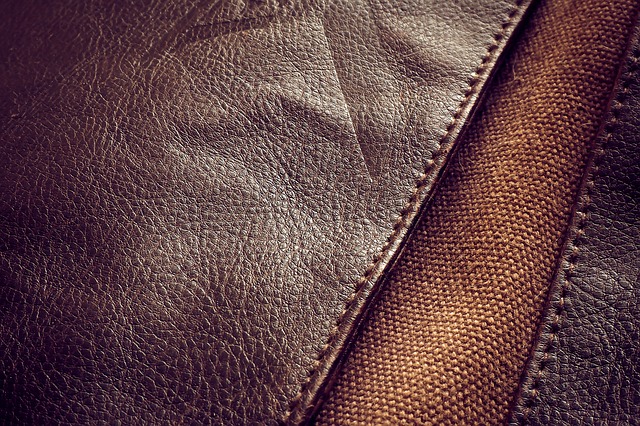
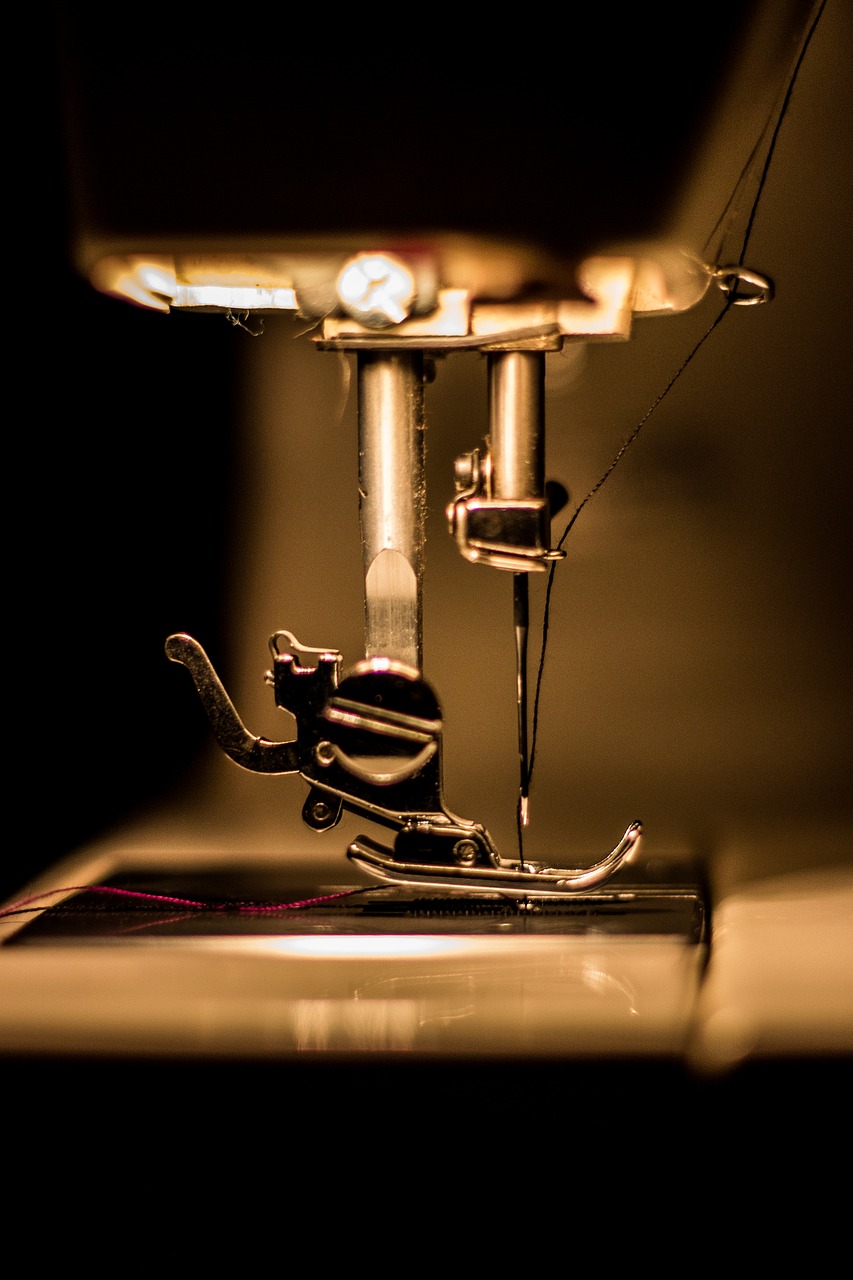
Sanded leather/suede
NUBUK/VELVET is sanded leather on the grain side. The grain side refers to the smooth, grained surface facing the hair side.
VELOURS/SUEDE is buffed leather on the flesh side. The flesh side is the rough reverse side of the leather. If the flesh side or reverse side is finished on the outside, the surface is called suede.
Nappa leather
Nappa leather is leather that is obtained from the hides of various animals. It is processed on the grain side (aniline leather, semi-aniline leather, covered leather) and is a soft, chrome-tanned, full-grain smooth leather.
Aniline leathers are leathers dyed through with tar dyes (aniline dyes). With semi-aniline leather, the leather is only given a light layer of colour (pigmentation). It is important that the natural grain pattern is not covered by the colouring, but only slightly protected.
Covered smooth leather is surface-pigmented smooth leather with a water-repellent colour and protective layer on the surface.
Genuine leather
Designation for leather made from tanned hides and skins - the ‘genuine leather’ label protects against materials that look like leather but are not leather. It says nothing about the quality of the leather.
Leather care Caring for and greasing leather
Leather is a natural product and requires care and protection from sunlight, cracks and hardening. If the belt hangs in the wardrobe for a long time, it will become stiff and brittle after a while because the leather has too little leather grease or leather oil. It also lacks moisture and movement. When worn, the belt moves and absorbs moisture. Hanging the belt overnight in the humid night air also helps.
The purpose of the greasing process is to make the leather fibre soft, supple and water-repellent. The type of fatliquoring has a major influence on the properties of the leather. During the fatliquoring process, fat is only stored in the spaces between the fibres; the fibre itself does not absorb any fat. Generally, solid fats are used for leather types that are to be given stability and strength. Oils are used for all soft and supple leathers.
Do not use skin creams, milking fat or lotions, which are suitable for our skin but not for leather. As shoe polish does not penetrate the leather but remains on the surface and can even discolour it, it is also not advisable.
With the right care, a proper full-grain leather belt is virtually indestructible and will last a lifetime.










